|
Feasting is a way of celebrating special events, and many festivals have acquired a constellation of typical dishes. Often these are elaborations of everyday food, tarted up for the occasion. In many parts of Italy (maybe all, but I haven’t been everywhere) no meal is complete without bread, so what better food to make a fuss of. The Garfagnana has its own special Easter bread called pasimata. Paolo Magazzini, the village baker at Petrognola to whom I take my guests for bread lessons, recounted his procedure, the lengthy traditional way. You take flour, sugar, butter, eggs, milk and lievito madre (starter dough). Day 1 morning: mix all ingredients. 12 hours later: add more of the same ingredients except the starter dough. Day 2 morning: add more of the same ingredients except the starter dough. 12 hours later: add sultanas, aniseed, vin santo (sweet Tuscan dessert wine), chestnut-flavoured liqueur. Day 3 morning: light wood-fired oven. Bake a batch of bread. Put pasimata dough in round tins. After one hour, take bread out. Oven will be exactly the right temperature for pasimata. Bake pasimata for 40 minutes. Remove from oven and eat enthusiastically. The long rise over 48 hours allows time for the development of exceptional flavours and aromas. Today many people make a ‘fast cake’ version in an hour by substituting baking powder for sourdough starter. Next Easter I’m going to organise a blind tasting of the slow and fast versions.
I didn’t ask Paolo for the quantity of each ingredient, since I can get my fix from him. For those not so lucky, here’s a similar recipe from Castiglione in Garfagnana, a walled town which during the Renaissance was batted back and forth like a ping-pong ball between Lucca and Modena. Perhaps they consoled themselves between battles by eating pasimata.
0 Comments
My Tuscany isn’t the manicured cypress-lined lanes of Siena and Chianti. It isn’t the great art and architecture of Florence. My Tuscany is Lucca in the northwestern part of the region. As enchanting and perfectly formed as the city of Lucca is, it isn’t my Tuscany either. My Tuscany is the Piana di Lucca, the flat plains and low hills surrounding the city. My Tuscany is Versilia, the coastal plain to the west of the city. My Tuscany is the Media Valle del Serchio and the Garfagnana, the mountains and the Serchio River valley to the north of the city. This is the territory you come to for your adventures with Sapori e Saperi (‘flavours and knowledge’). Some friends have made four short films capturing the essence of my Tuscany. Although they call it Part 2, I’m dishing up Lucca first. If you’ve been on the cheese course (Theory & Practice of Italian Cheese http://www.sapori-e-saperi.com/courses_with_artisan/theory-practice-of-italian-cheese/), you’ll recognise Monica Ferrucci and her goat cheese. Or, your feet might have helped Gabriele da Prato crush his grapes. Maybe you’ve attended the Disfida della Zuppa (Soup Tournament) and helped judge the zuppa alla frantoiana entries (read more about the Disfida here: http://www.sapori-e-saperi.com/better-than-the-winter-olympics/). Or did you pick and press olives with me. If not, treat yourself to my Autumn in Tuscany tour in November (http://www.sapori-e-saperi.com/small_group_tours/autumn-in-tuscany/). You’ll have a crash course in olives and their oil, you’ll also hunt for white truffles (and eat them) and, best of all, you’ll get to know a little bit of my irresistible Lucca.
Santa Zita’s mummy lies in a glass case in a side chapel at the Basilica of San Frediano in Lucca. Despite her cadaverous face and bony hands, she looks fresh and almost pretty in the blue dress and white apron of a serving girl. She wasn’t one of those martyred saints canonised for suffering a gruesome death in defence of their faith, such as Saint Lawrence who is said to have been grilled alive. Zita (c. 1212–1272) was a humble and hardworking servant, which earned her the affection of the aristocratic family for whom she worked. What they didn’t know was that at the end of each day she went to the kitchen, stealthily wrapped any leftover bread in her apron and distributed it to the poor. The other servants, being jealous of the high regard paid her by the nobleman, decided to get their own back by telling him Zita was stealing from his household. He could hardly believe it, but one evening as she was leaving the house with her apron bulging, he stepped out of the shadows and challenged her to show him what she was hiding. The girl quickly replied it was only some flowers, and was greatly surprised when forced to open the apron to discover it was indeed filled with flowers. Bernardo Strozzi (c. 1581–1644) captured the moment here: http://en.wikipedia.org/wiki/Zita#/media/File:ThemiracleofStZita.jpg. Her position in the household was safe and Lucca ever since has had an excuse to fill its streets with flowers on her saint’s day of 27 April (or the nearest weekend). I’ve wanted to take part in this happy event for years, but until today I’ve either been away or it was raining, and the thought of a sea of umbrellas and drenched flowers wasn’t enticing. Today was grey, but not wet. Zita had been carried out of her side chapel to a place of honour in the nave. The Roman amphitheatre has undergone remakes so many times that there are only a few remnants of the Roman structure left. For part of the last century it was the site of the central market until that was moved to the Mercato del Carmine, leaving the piazza of the amphitheatre sad and empty except during the tourist season. Today the flower stalls showed how lively it must have been as a market.
‘Garfagnana Dove Il Tempo Non Corre’ is the motto printed on aprons sold by the tourist office in Castelnuovo di Garfagnana. It means literally, ‘Garfagnana where time doesn’t run’. We might say, ‘where time stands still’. In fact, it creeps along slowly. I’ve just reread a piece by Rebecca Solnit in the London Review of Books (29 August 2013) in which she reflects on some of the effects our electronic age have had on our experience of time: the interruptions to our concentration, the fragmentation of our solitude and relationships. She wonders how far we will allow big corporations to shatter our lives. Will we all be wearing Google glasses with continuous pop-up messages reminding us of practicalities while causing us to forget to ‘contemplate the essential mysteries of the universe and the oneness of things’? Then she muses: ‘I wonder sometimes if there will be a revolt against the quality of time the new technologies have brought us… Or perhaps there already has been, in a small, quiet way. The real point about the slow food movement was often missed. It wasn’t food. It was about doing something from scratch, with pleasure, all the way through, in the old methodical way we used to do things. That didn’t merely produce better food; it produced a better relationship to materials, processes and labour, notably your own, before the spoon reached your mouth. It produced pleasure in production as well as consumption. It made whole what is broken.’ Reading this I realise it’s that wholeness I see in the producers to whom I take my clients: an immersion and satisfaction in what they do. It’s not that they don’t have to work hard or that they don’t have troubles, but that doing something from start to finish, from sowing to harvest, from slaughter to salami, from fibre to fabric, for themselves, their families and their communities produces a contentment way beyond the monetary value of their work. I can think of so many examples it’s hard to know where to start or stop. …in a wood-fired oven he built himself heated with wood he chopped himself. He didn’t grow the wheat, but he does grow farro and corn. The farm is an agriturismo which he and his wife Cinzia run. And he has a bar a short walk from the farm. Paolo Magazzini is another unhurried multi-tasker. He’s a farro and beef cattle farmer. He fertilises his fields with the manure of the cattle. He ploughs, plants with his own seed corn, harvests and pearls the farro. He provides the pearling service for about a dozen other farmers. Paolo is also the village baker, carrying on his mother’s trade. His recipe includes his farro flour and his own potatoes. From her smile, I wonder if she’s thinking about the beautiful finished articles he weaves. Schoolchildren come to her workshop to learn about the history of their families and Lucca in the silk trade. Gino will carry the business forward with a smile into the next generation. What more could any parent hope for? …in his forge powered only by water. It takes considerable inner fortitude to resist the health and safety inspectors who want her to use stainless steel. Andrea is never short of time when he can spend it with customers who he feeds with his latest artisan food finds. He dreams up new recipes when he comes to check his beer in the middle of the night. …and the long hours he spends in the woods with his dog infuse his family and work life too. The wholeness of my producers’ lives floods over to envelop my driver Andrea Paganelli and me.
A couple of Thursday evenings ago I wrote a to-do list for Friday. The first item on the list was to pick up some leaflets at Topo Gigio, the bar-trattoria in Fabbriche di Casabasciana, the village at the bottom of my hill. The leaflets advertised a concert on Sunday for the benefit of the centre for the elderly at Casabasciana, which I was helping to organise. Considering the length of my list, all the things I wanted to get done before the weekend, the sensible thing would have been to hop in my car and drive the 3.8 km (2.4 mi). But it was a warm, not too hot, sunny day, and I hadn’t walked the mulattiera in ages. People in the village used to walk down it to school or work and back up again at lunch time every day. It seemed a bit feeble not to do it. I strapped my pennato lucchese, a Lucca-style billhook, around my waist and invited my friend Penny to accompany me with her secateurs. Mulattiera translates as ‘mule track’, but this makes it sound a paltry dirt path. In fact, the mulattiere (plural) were the super highways of the past, often many metres wide, surfaced in rounded cobbles or flat paving slabs, with stone-lined drainage channels at the sides or down the centre. Where necessary they were stepped. In mountainous areas like mine, they ran along ridges, usually just below the crest. Although they frequently crossed streams and small rivers, it was at the top where the water course was narrow and presented no great obstacle even in the rainy season. They descended to the valleys of major rivers only where absolutely necessary to arrive at a destination on the other side of the river. I’m not sure how old the roads in the Garfagnana are. It’s known that the Roman Consul M Claudio Marcello had the Via Claudia or Clodia Nova built in the 2nd century AD, and it’s likely that it followed an Etruscan road and possibly even earlier routes. The mulattiera that links Casabasciana with the valley is said to be mediaeval, but that’s the date people always attach to anything old. It’s about 4 metres wide and forms the main street in the village, descends about 100 m below the village and splits in two, the left fork diving steeply down to the pieve, the old romanesque parish church, and then continues to Sala, a hamlet of about 15 houses, which is linked by another mulattiera to the Liegora River which runs into the Lima River to the right. The other branch carries on straight down to the Lima, along which Fabbriche di Casabasciana is strung out. I’ve learned from my neighbours that upkeep of the mulattiera was the responsibility of each family through whose property it passed. In the ’60s the present-day car road was built, and since then the mulattiera has been used less and less by the locals. Only the sections used by woodsmen, hunters of wild mushrooms and wild boar, and horse riders (mostly tourists) are now maintained, and even these denizens of the forest tend to favour newer dirt roads suitable for 4×4 vehicles. It’s to us stranieri, who arrive with the notion of nature as a setting for recreation instead of work, that the task of cleaning the mulattiere now falls. Penny and I set off at about 9.30. We hacked, slashed and clipped our way to the bottom by around noon. Some parts of the road had been cleared but others were thick with elder and acacia saplings intertwined with clematis (old man’s beard) and brambles. It was particularly galling to find that one household had cut their land down to within a metre of the mulattiera and hadn’t been civic-minded enough to cut that stretch of the mulattiera as well. At Topo Gigio, arms scratched and bleeding, we bragged about our feat to the men playing cards or arriving for lunch, and taunted them by asking where they had been when needed. ‘O pilgrim, weary of your journey: stop, drink and then redouble your pace.’ Restored by the excellent worker’s lunch, I collected the leaflets and we set off back up the mulattiera. Even though uphill, it was much easier going this time.
If anyone knows of a volunteer work group skilled at repairing cobbled roads, please get in touch with me at info@sapori-e-saperi.com. They’ll receive warm hospitality at Casabasciana. I know summer is here when I walk around Lucca in July and am confronted by larger-than-life paper sculptures: a phantom forest in Piazza San Frediano (1), a mythological armoured horse (2) under the loggia of the Palazzo Pretoria on the corner of Piazza San Michele, a surrealist right-side-up pear that morphs into an upside-down head up on the walls. The rules of the biennial international paper festival stipulate that all the materials used by the artists must be recycled. Sustainable environmental issues underly the themes of each festival. This suits Lucca. The province produces 80 per cent of Italy’s household paper (including Lu-paper) and 40% of its packaging and corrugated cardboard; and it’s Italy’s number one exporter of paper. Old, mostly derelict paper mills ornament many small valleys. Nowadays the main Serchio River Valley is lined with ugly modern mills which I used to consider a blot on the landscape. They became bearable, even desirable, when I realised that they’re major providers of employment in the valley, and serve to keep families together and stem depopulation of rural villages. This year I noticed an indoor exhibition entitled ‘Identità Liquide’ at Real Collegio, behind San Frediano. The most picturesque way to arrive is by parking in the free car park on the ring road outside the city walls and walking in through the passageway under the walls, coming out into the piazza in front of the Collegio. The ground floor of the cloisters were furnished with attractive corrugated cardboard chairs and tables and an entirely functional table football game made of paper, in addition to an exhibition of paper creations by school children. The grand high-ceilinged rooms of the upper floor were ideal galleries for a number of different international artists. Here’s a walk through some of them. Cartasia is over for this year. If you’re planning a trip to Lucca, put July 2016 in your diary now.
For more information about Cartasia, Biennale d’Arte Contemporanea: http://www.cartasia.it/en/biennial/presentation
Participants on the Advanced Salumi Course work with three norcini (specialist pork butchers) in three different parts of Tuscany. Recipes and methods change every 20 km, depending on regional variations and family traditions. If people stay for the extension workshop, they experience a fourth point of view with another family. They learn to make authentic Tuscan salami, prosciutto, and several other air-dried and cooked pork products. One of the lesser known of these are ciccioli, or grassetti as they’re called in the Garfagnana. Grassetti are the crispy residue of producing lard, much used in the past for frying and baking, especially in mountainous areas at altitudes where olive trees are less well adapted than the pig. The process entails cutting pork back fat (without the skin) into cubes… …and rendering it over a low heat until the pieces are brown. Then the pieces of hot fat are put in a press to squeeze out as much liquid fat as possible. The resulting pork chips are salted and drained on absorbent paper. They’re more addictive than salted peanuts, and chefs who attend the course realise immediately their potential as bar snacks. Gina Piazza (whose husband Kirby Piazza took most of the photos in last week’s blog ‘Like the Seasons: the Life of a Cheesemaker’) came on the course in March and sent me this report in early June: We had a press made by a welder friend and from 2 pounds of back fat we came up with a handful of ciccioli—but they’re amazing and I did it just as Ismaele makes it. I have 12 pounds of fat on order so maybe next batch will yield at least a few pounds. Now I have tons of rendered fat! The Advanced Salumi Courses for winter 2014–15 are almost full with one place left on the November course and three places on the February course. For more details of the course see Advanced Salumi Course Tuscany
The cheese course group arrived 45 minutes late at Daniela’s dairy. She had already added the rennet, the enzyme that speeds up coagulation of the curd, to have the curd ready for our planned arrival time. Now it was past its best. We feared we’d ruined her day’s production of cheese. Daniela’s youthful appearance belies years of experience making cheese. She knew the curd couldn’t be used to make a hard cheese to be matured for several months, so we used it to make some soft cheeses: stracchino and raviggiolo. I first went to visit Daniela Pagliai at her organic farm I Taufi early last June. I had learned about it from the address on the wrapping of some exceptional butter I’d come across at a gastronomia in Ponte a Moriano near Lucca. The wrapping claimed the contents were ricotta, so I assumed Daniela also made cheese, and I warmed to a person who wasn’t uptight about precision labelling. (Not that ricotta is cheese, but you have to make cheese first and then use the whey to make ricotta.) The address of the farm was Melo. I didn’t know Melo, but I’d been to the picture postcard town of Cutigliano from which you ascend the Pistoiese slopes of the Apennines, it seems like forever, to get to Melo. What appears on the map to be at the edge of civilisation, turned out to be a hub of pastoral activities with Daniela at the centre. On this first meeting she appeared self-possessed, only mildly curious about my tours and calmly accepting of my request to bring clients to watch her make cheese, as if life often brought novelties to her door. A warm honesty flowed from her candid smile and guileless eyes. She showed me her modern dairy, the maturing room and the cows in the barn. Her younger daughter clung to her apron; the older one arrived home from school. I was much more curious about her than she about me. In the dairy she had fondled a spino, the wooden stick traditionally used to cut curds, so I knew she respected tradition. I asked diffidently whether the cows ever went outside, and was relieved to hear they still practise transhumance, taking the cows to alpine pastures a couple of hours’ walk above where we were now. The cows have to wait until school is out and the whole family can up stakes and move to their summer home. We went to see it without them. On a shelf I noticed a slim book entitled Come le Stagioni: Daniela Pagliai (Like the Seasons), a biography of her written by a friend from Pistoia in the form of an interview. I bought a copy and learned she was practically born making cheese. During school holidays she and her dog herded her father’s sheep. By the time she was 14 she was in charge of the pigs and all the phases of cheesemaking on the family farm. At 16 she married Valter and discovered that his contribution to the marital economy was a herd of milk cows. She moved to her in-law’s farm and transferred her cheesemaking skills to cow’s milk. After five years she and Valter realised their dream of buying their own farm and becoming organic. In the book she sums up her philosophy of life: ‘I think there are many types of “love” all led by the heart. Without its beating, there can be no beginning. I’m not talking only of the beating that pumps blood through our veins, but also the beating for our children, our parents, our house, our land, our work, which are all united in one thing: love. ‘How can I explain to you how much I love my life and my work? How can I make you understand what I feel for my children and my husband? For nothing else in the world and no other life in the world would I change my own life and these loves. ‘For me life is like the seasons: moments of joy are like the flowers and perfumes of spring and like the ripening of its fruit and the embrace of the hot summer sun. Moments of melancholy are like the autumn with its rain, which sometimes also streams from my eyes, and like the winter, because you have to move with the rhythm of the snow, delicately placing your feet like the large snowflakes descending joyously from the sky, sprinkling the roof and our valley, and walking, walking lightly, toward a new spring.’ There was still snow on the ground when I took Giancarlo Russo to visit Daniela in preparation for our new cheese course. He approved, and Daniela became part of the course in which Giancarlo teaches the theoretical sessions. For more information about the Theory and Practice of Italian Cheese course: http://www.sapori-e-saperi.com/courses_with_artisan/theory-practice-of-italian-cheese/
My thanks to Kirby Piazza for his photographs of Daniela and the farm. Where you lay your head at night can make or break your holiday. Your accommodation seems a simple thing to choose. You go to Tripadvisor, read the reviews and make your booking. You’re looking for a bedroom with a comfortable bed, a bathroom, a decent continental breakfast, cleanliness and friendly attentive staff. That’s probably exactly what you’ll get; a secure place to retreat to after visiting the famous works of art and architecture in some of most beautiful cities in the world. But at the heart of every country are its citizens, people who live differently from you. By your second or third trip, you can begin to think about getting to know them. This is what my tours are about. I want my guests to experience how Italians live their everyday life, which is something you still can’t do on the internet. It’s a compulsive reason to travel to Italy. I seek total cultural immersion, and so I usually choose an agriturismo for my guests, farm accommodation in the countryside, often on the edge of a village. Each one has a character completely its own determined by the personality of the owners, the setting, the architecture of the farm buildings and the produce of the farm. Here are some examples from my part of Italy, the area around Lucca and the spectacularly beautiful Garfagnana. I didn’t choose Al Benefizio; it chose me. Early in my sojourn in Italy I was at an agricultural meeting near Barga, feeling totally out of my element, when two women approached me and introduced themselves in English. One was Francesca Buonagurelli, the owner and farmer at Al Benefizio, and she is one of the main reasons for staying at Al Benefizio.
To read more about my favourite agriturismi around Lucca and the Garfagnana, please go to the full blog at Slow Travel Tours. Pasqua is Italian for Easter. Last year I went to Francesca Bonagurelli’s agriturismo Al Benefizio to join her family and friends for their typical Easter lunch. Queen of the day Francesca at the right edge of the photo nearest the kitchen, her daughter, her nephew, her cousin from Milan, her brother-in-law, her sister, her mother and her dear friend Marta. An antipasto consisting of the usual crostini and some olives didn’t prepare me for the surprises to come. The primo was something I’d never had before: gnocchi alla romana. Instead of the little potato cylinders, these circular cakes were made of semolino polenta to which egg yolks and parmigiano was added. And instead of boiling them, they were sprinkled with butter and more parmigiano and browned in the oven. Delicious! The secondo, roast beef, was accompanied by enough vegetables to please any of my clients, who are always asking, ‘Where are the vegetables?’ Here again there was a surprise: a vegetable looking like the hair of a punk angel who had dyed it bright green. It was Salsola soda, a saltwort that grows around Mediterranean coasts and is harvested between March and May. In Italian it’s called agretti or barba dei frati(monk’s beard—a punk monk?). Wikipedia tells me that it was important historically as a source of soda ash, one of the alkalis needed for soap and glass making. The clarity of cristalloglass from Murano depended upon soda ash. As a food it’s supposed to have a detoxifying effect. Just when we thought we would burst, the table was cleared, the cakes arrived and the spumante was uncorked. Naturally there was a colomba di Pasqua (Easter dove), a traditional Easter cake similar to panettone served at Christmas. Recently arrived from Naples was another novelty: the pastiera napoletana wrapped in its Easter finery. One legend reveals its origin. One night some fishermen’s wives left baskets of ricotta, candied fruit, wheat, eggs and orange flowers on the beach as an offering to the sea, so it would protect their husbands and bring them back safe and sound. The next morning, when they descended to the beach to greet their returning husbands, they discovered that the waves had mixed the ingredients, and in the baskets was a cake.
|
Email Subscription
Click to subscribe to this blog and receive notifications of new posts by email. AuthorErica Jarman Categories
All
Archives
October 2023
|
|
copyright 2017 sapori-e-saperi.com | all rights reserved
|
Website by Reata Strickland Design

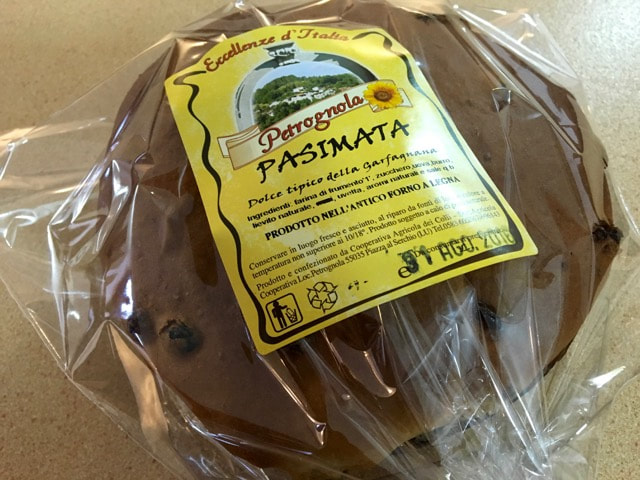
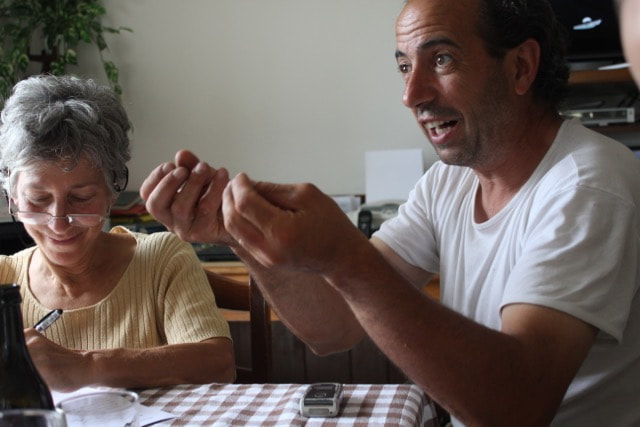
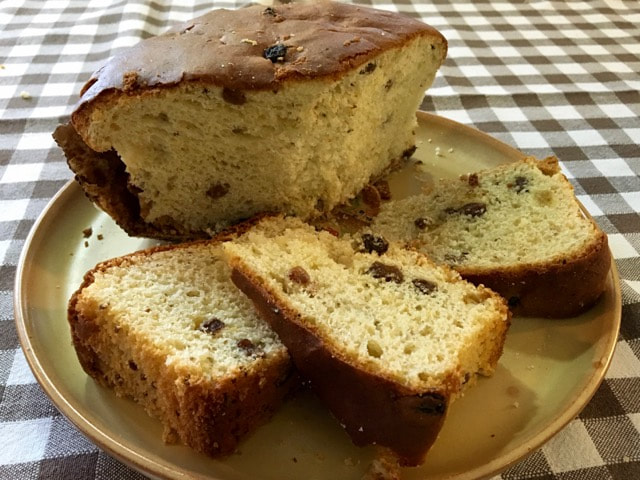
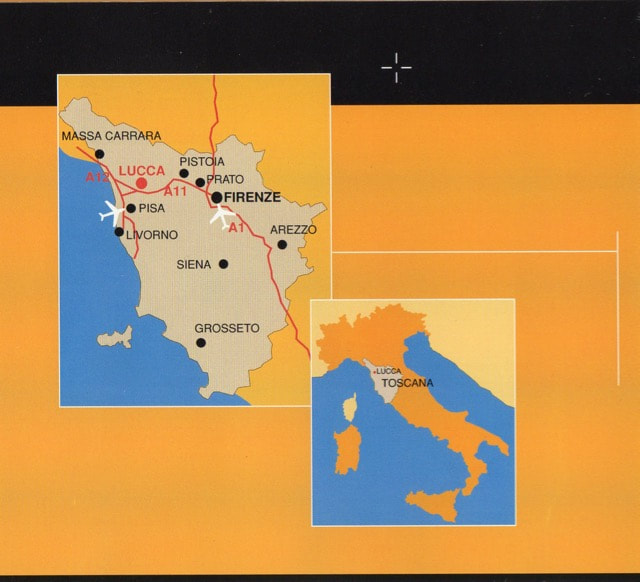
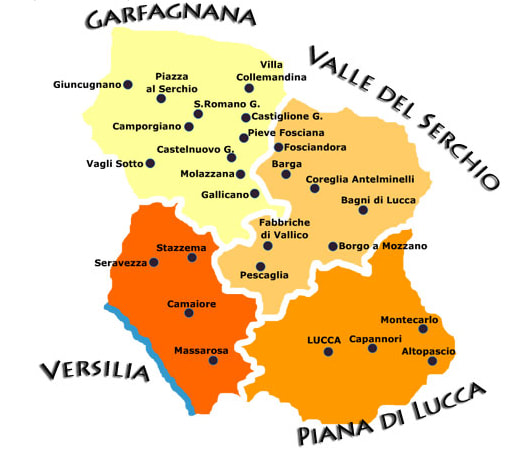
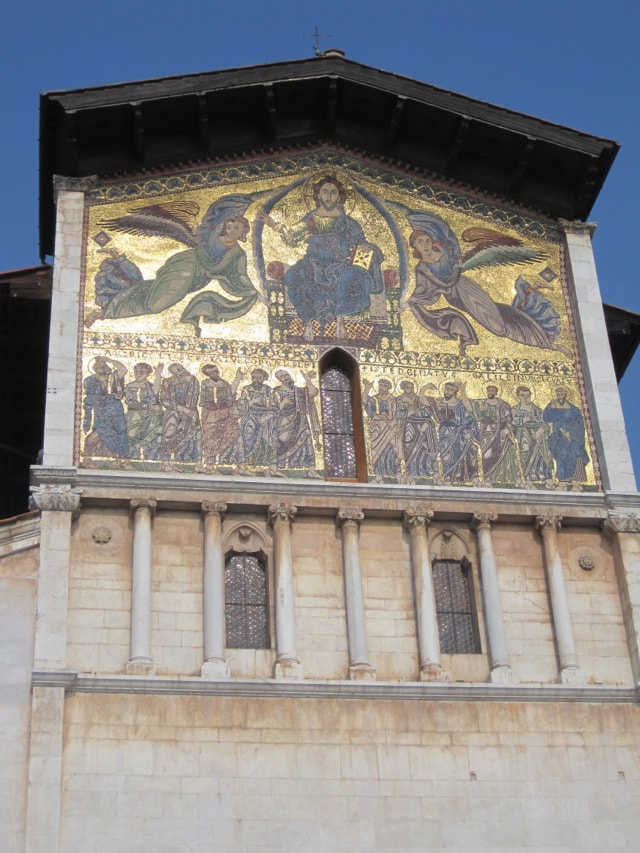
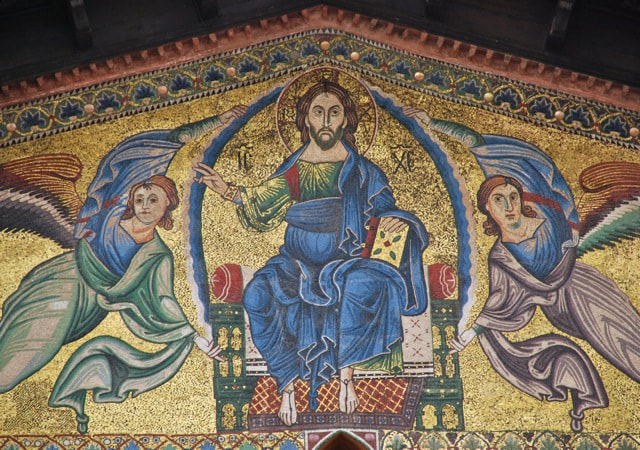
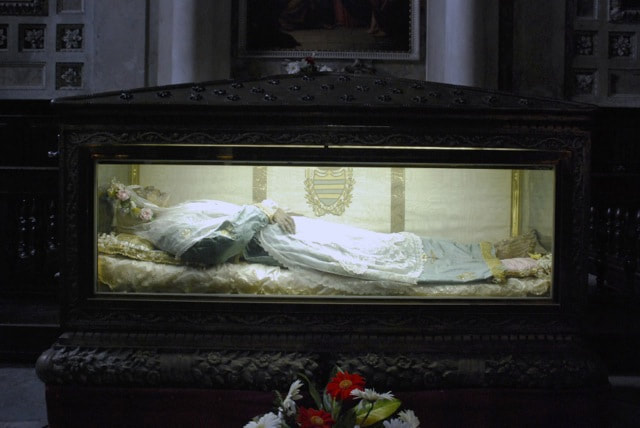
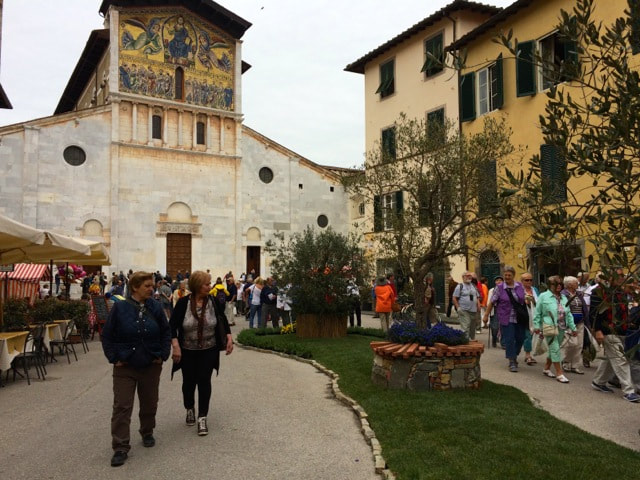
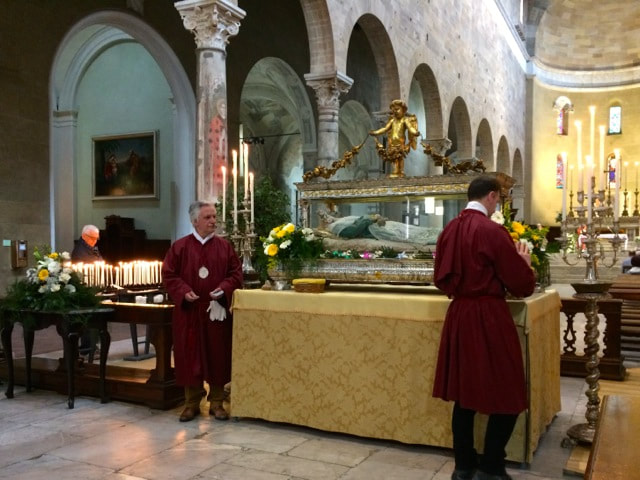
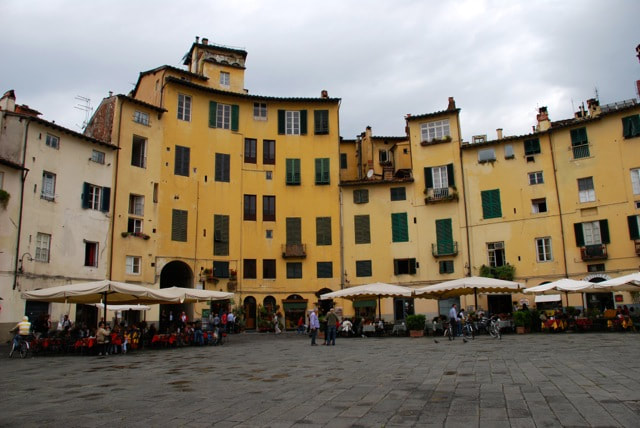
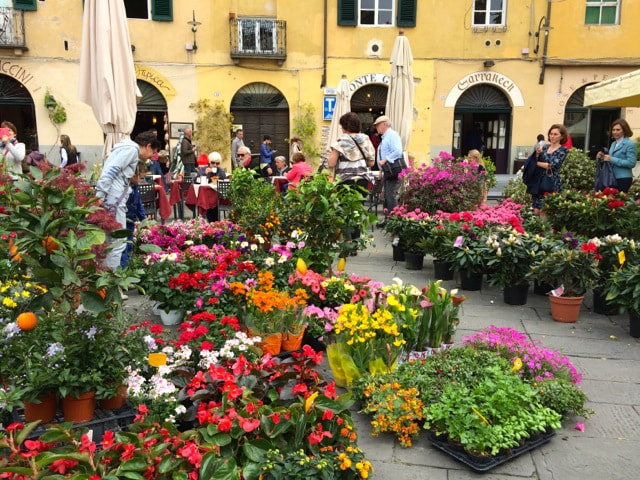
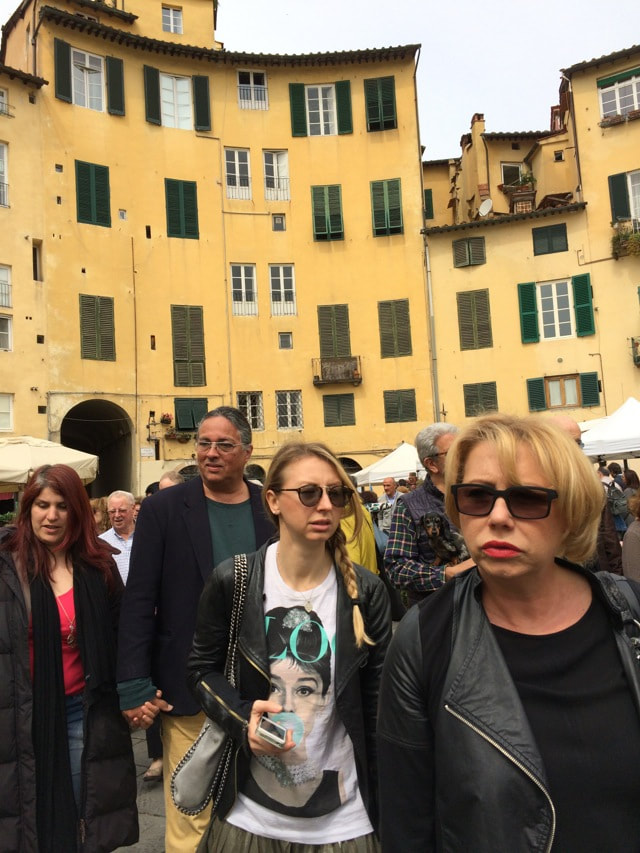
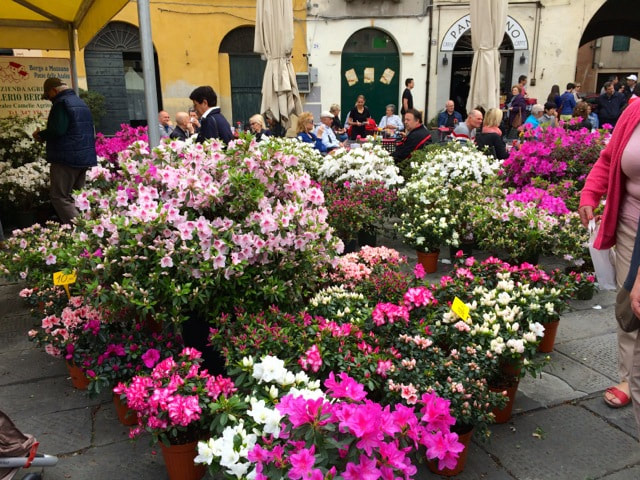
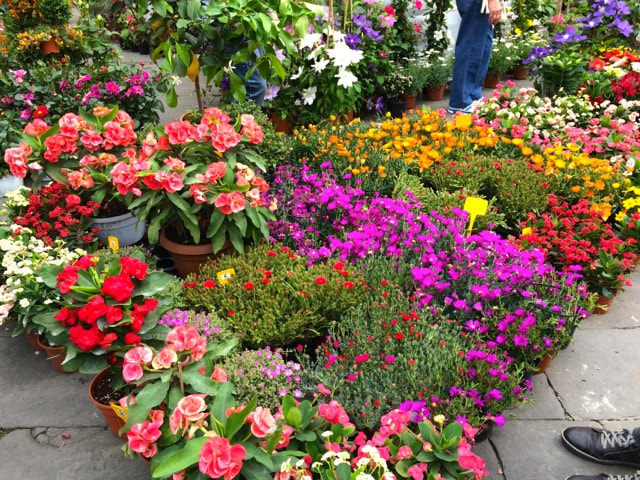
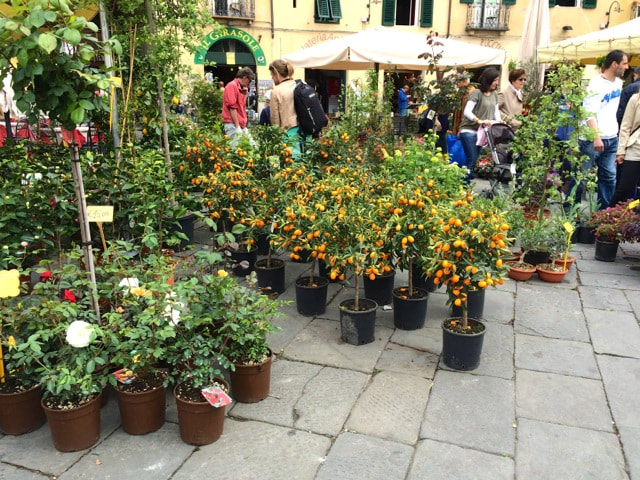
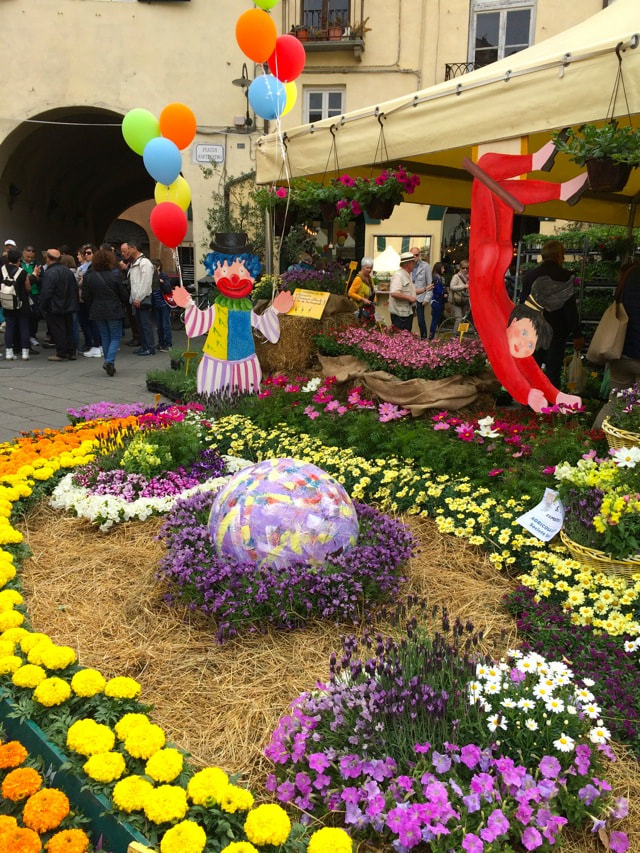
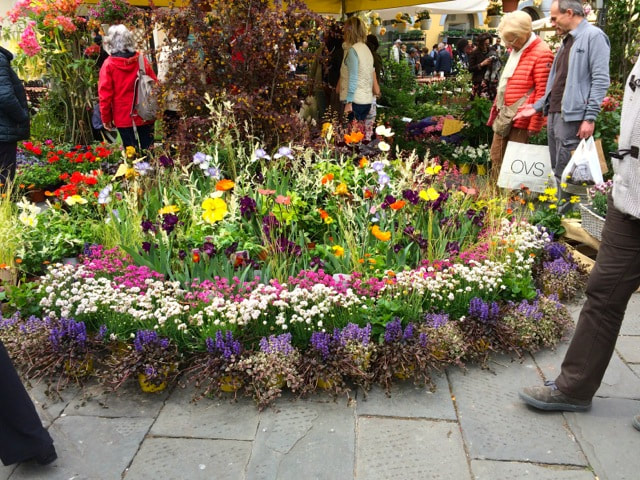
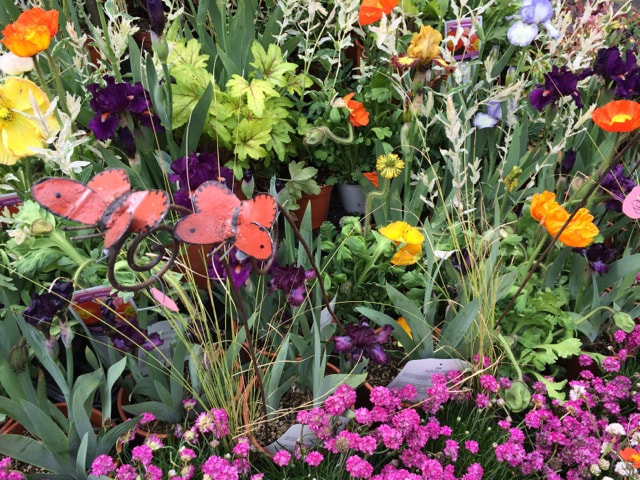
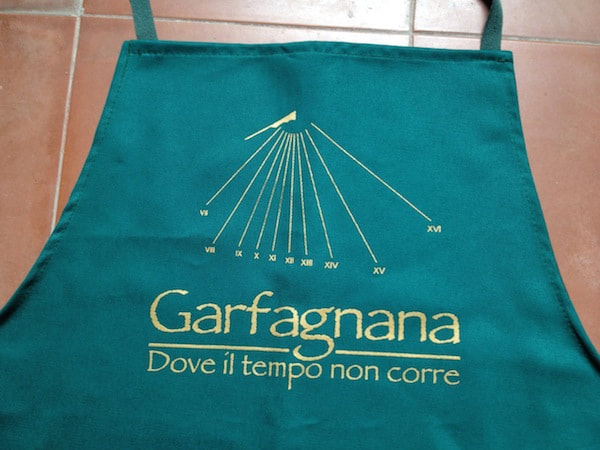
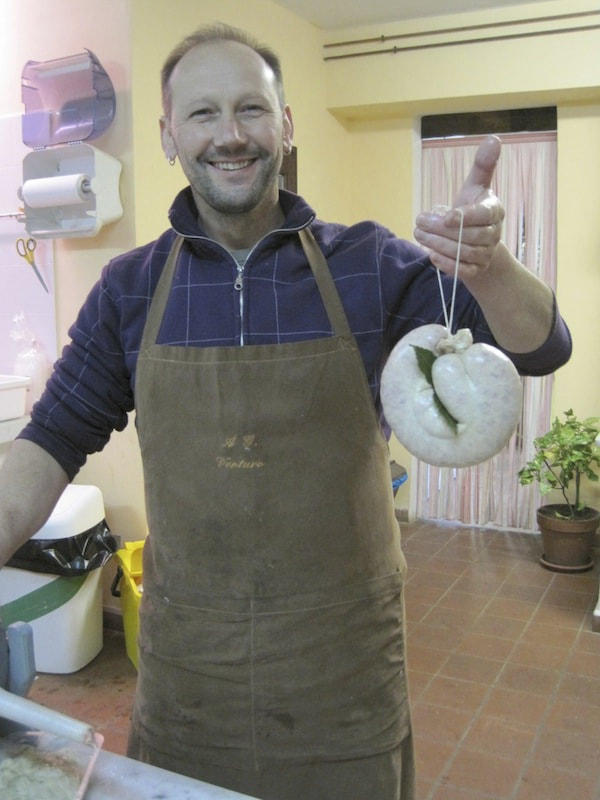
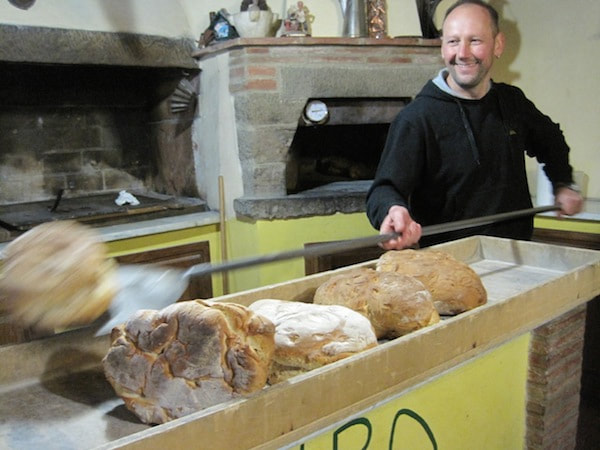
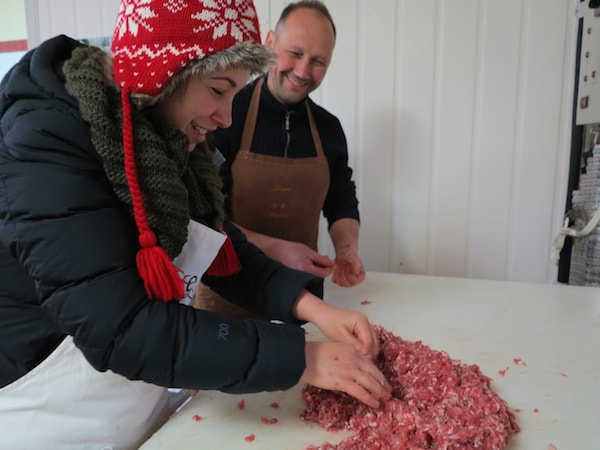
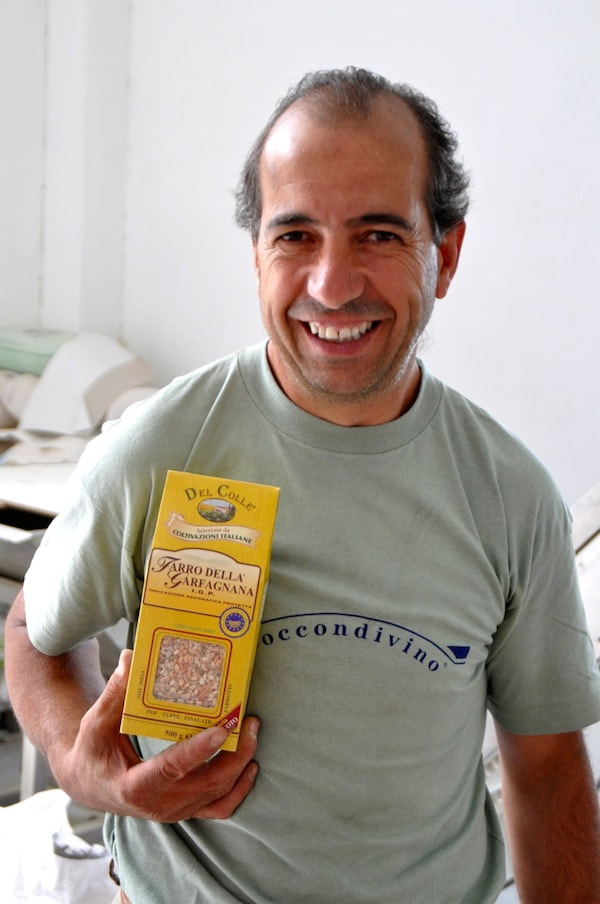
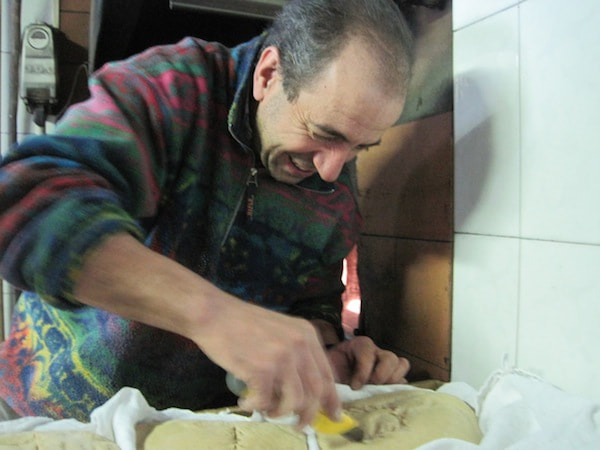
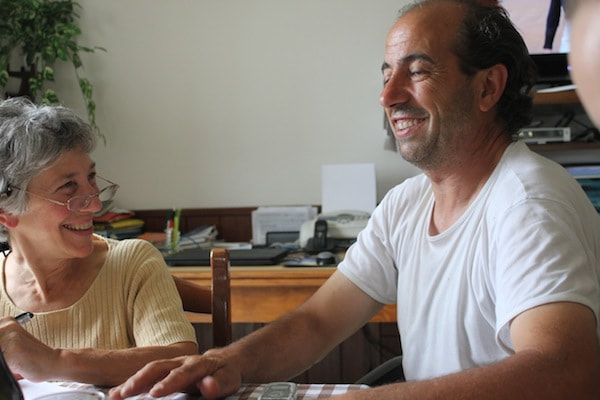
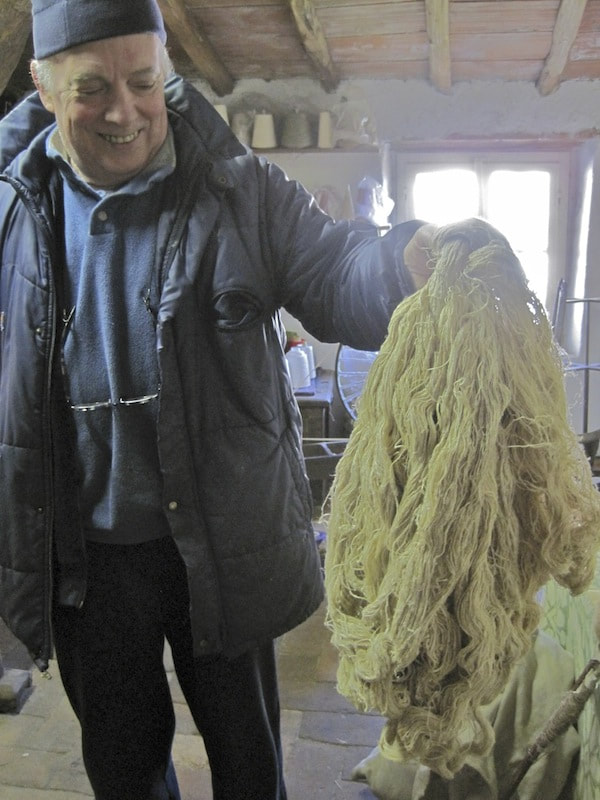
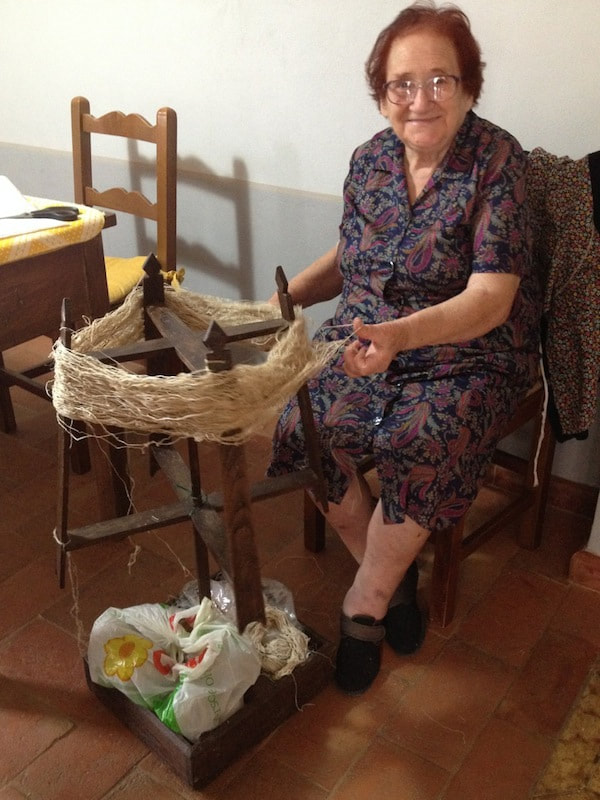
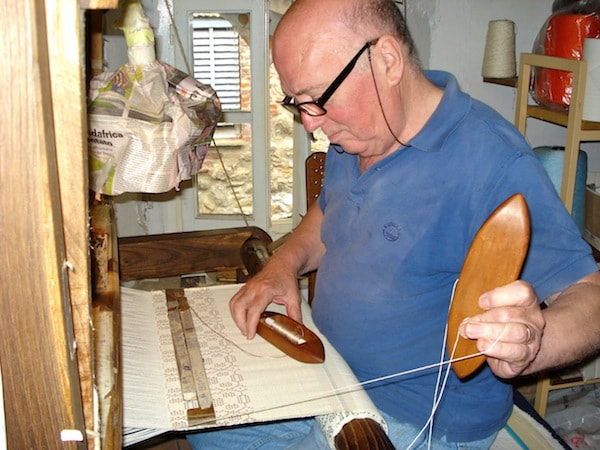
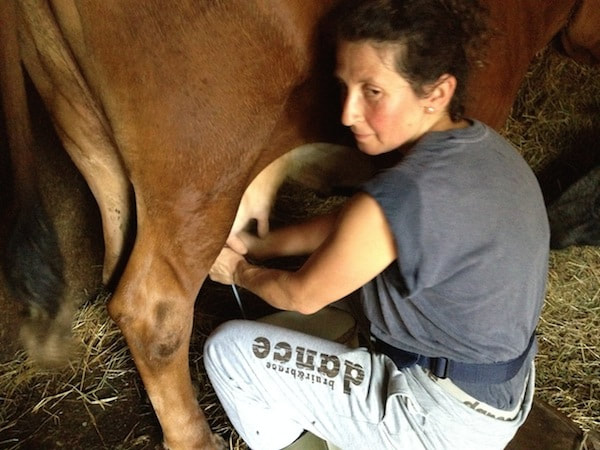
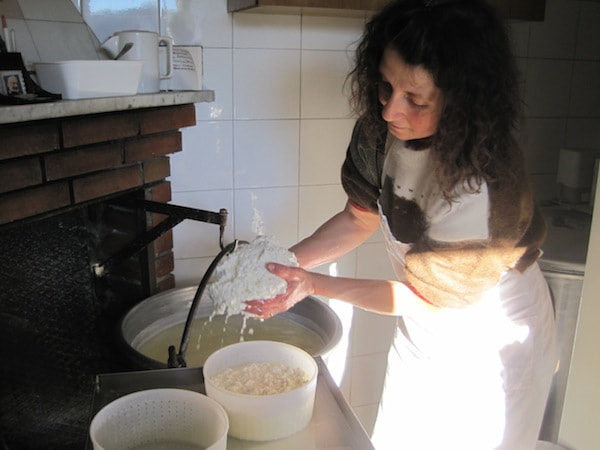
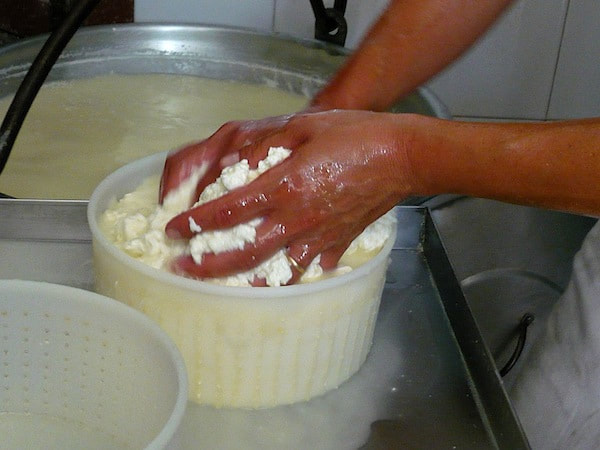
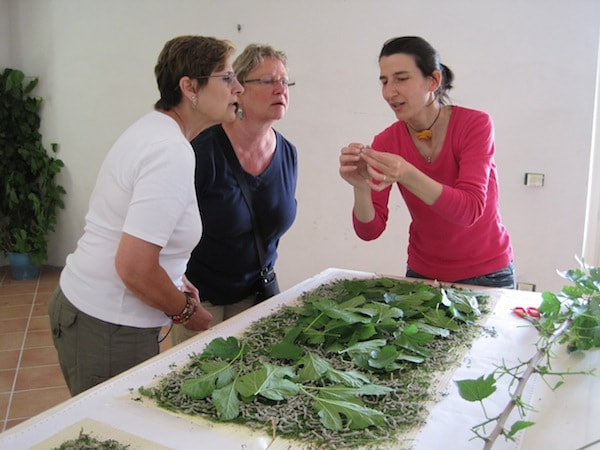
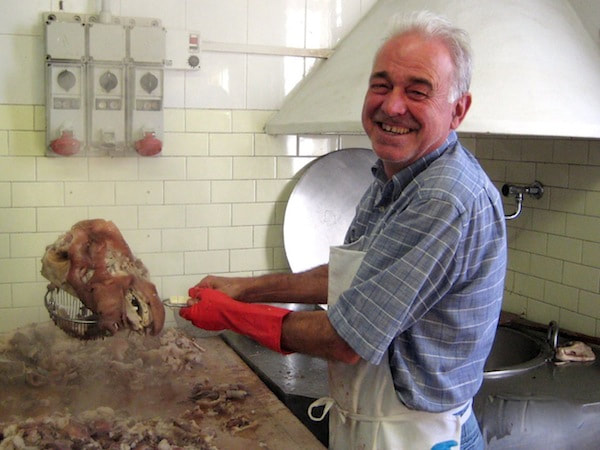
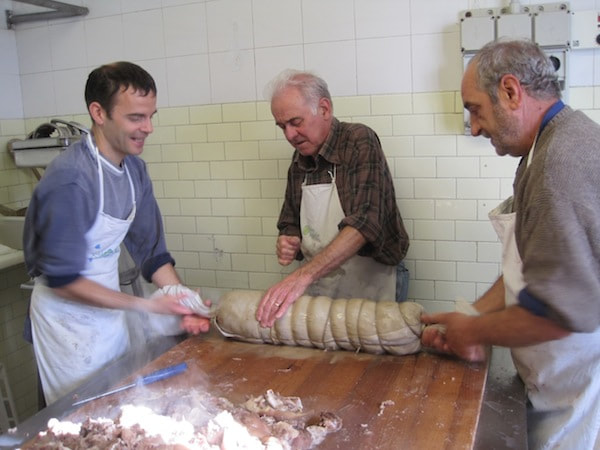
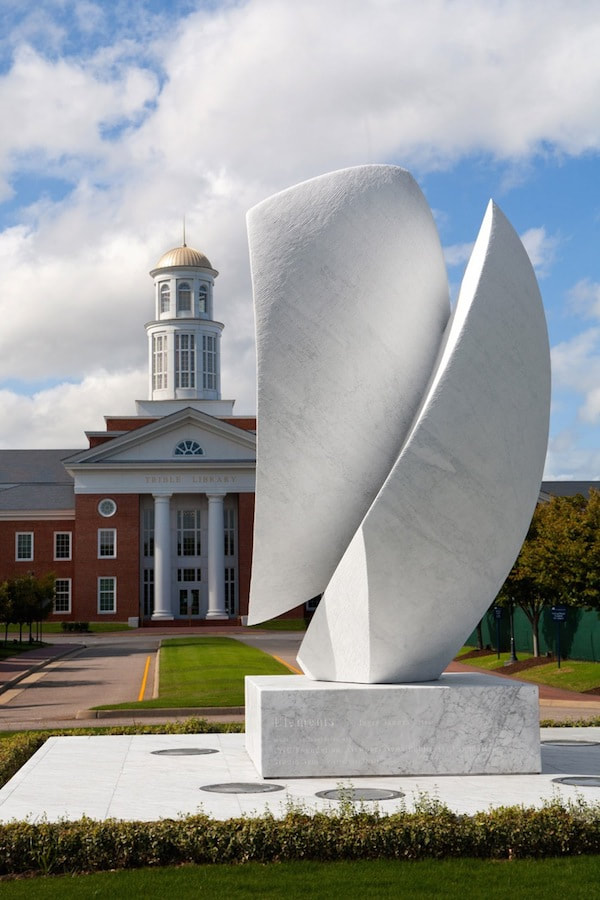
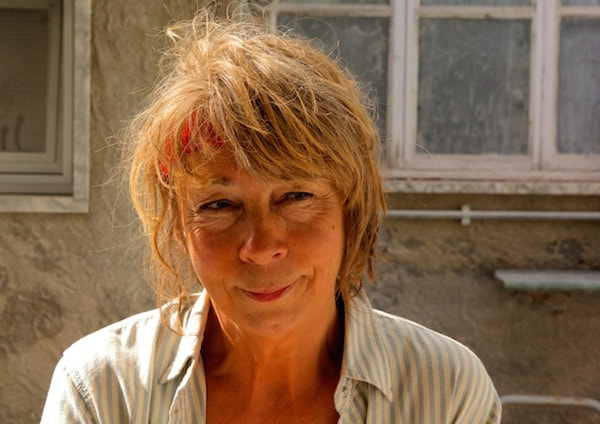
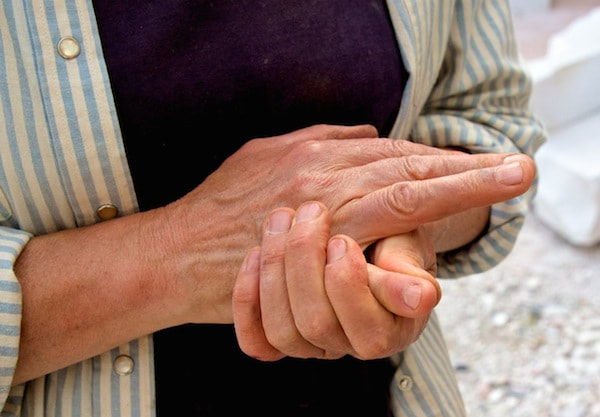
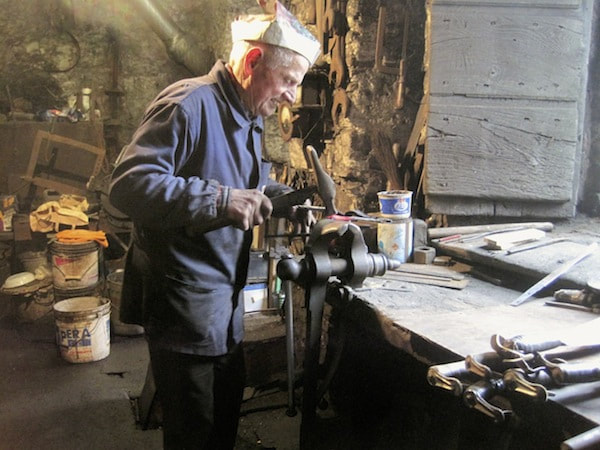
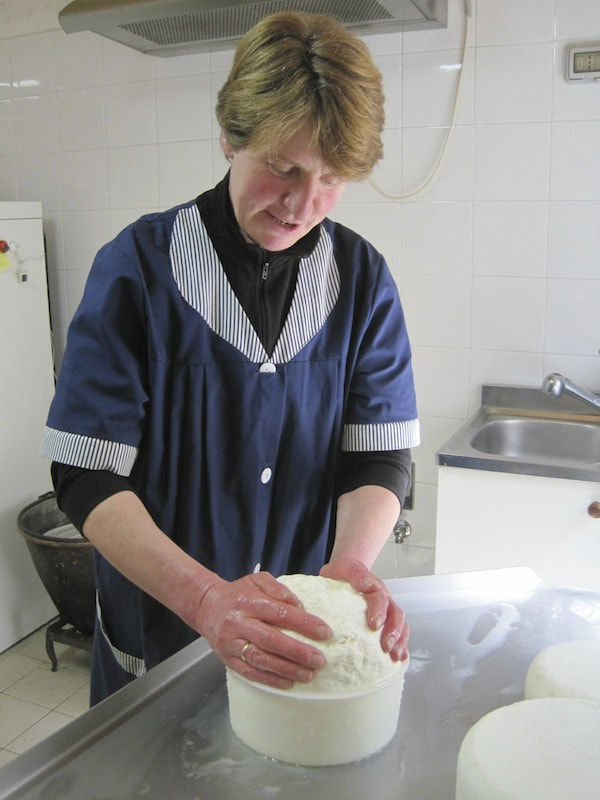
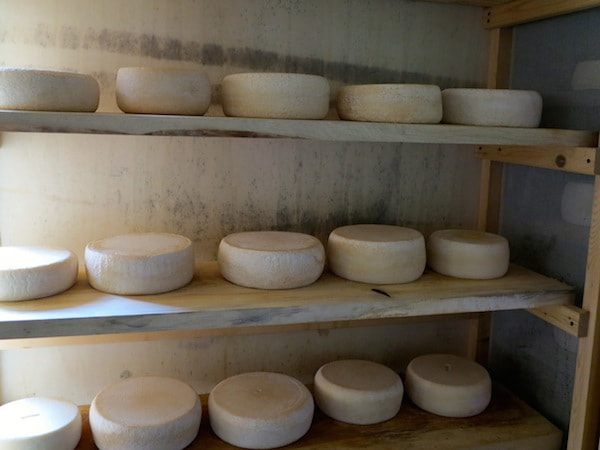
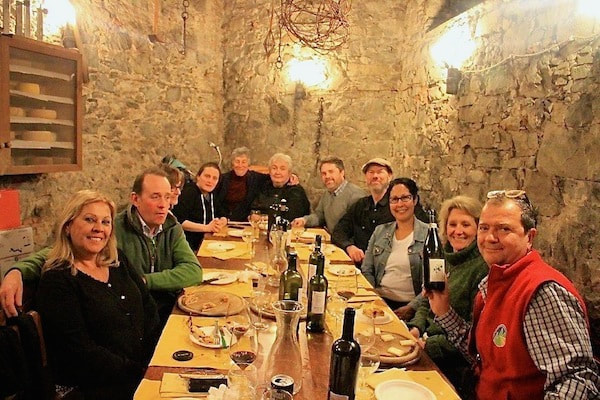
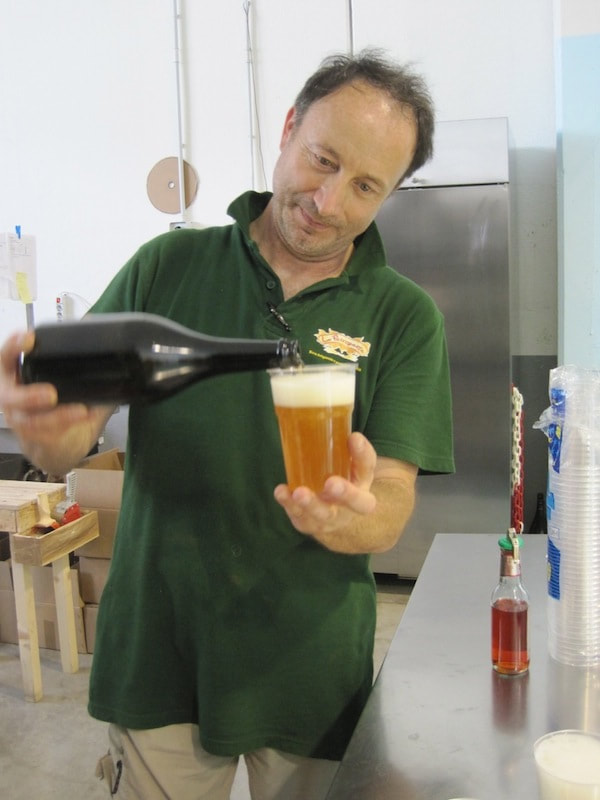
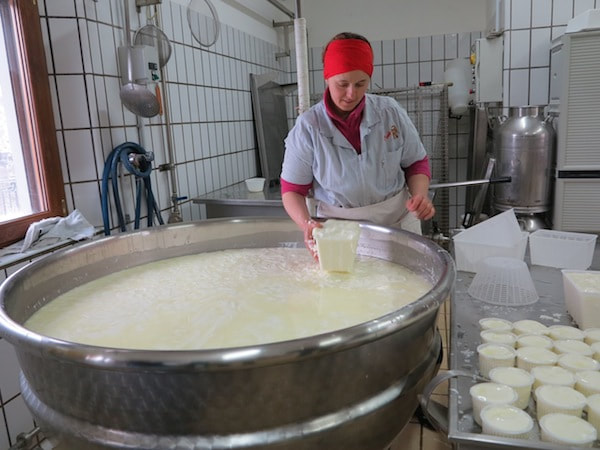
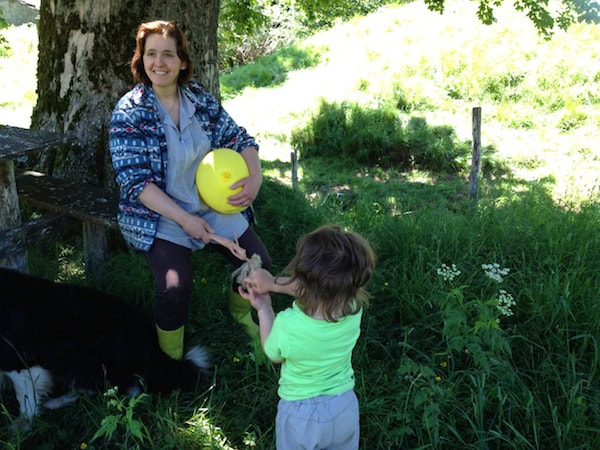
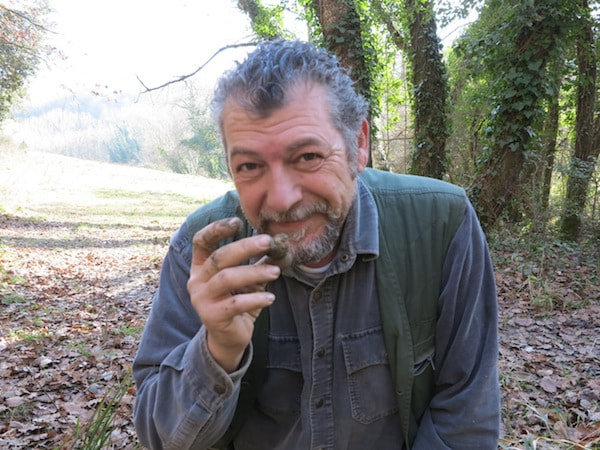
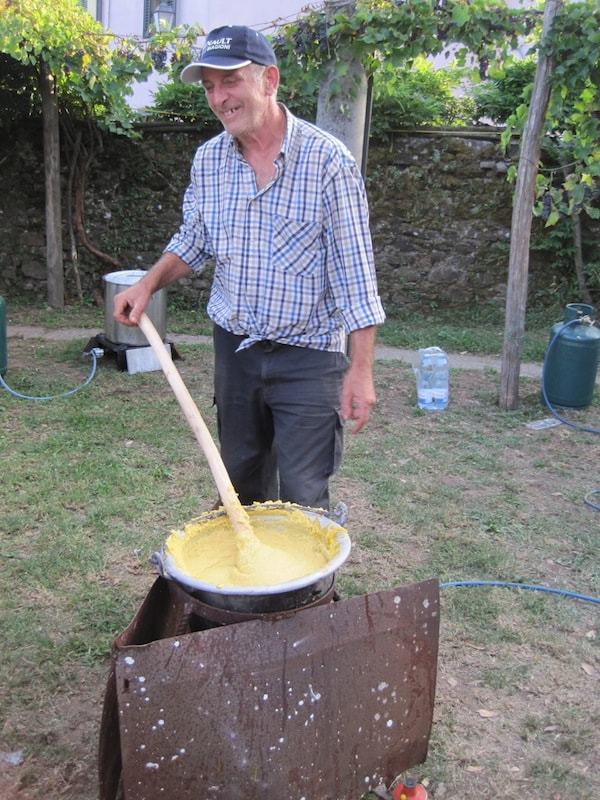
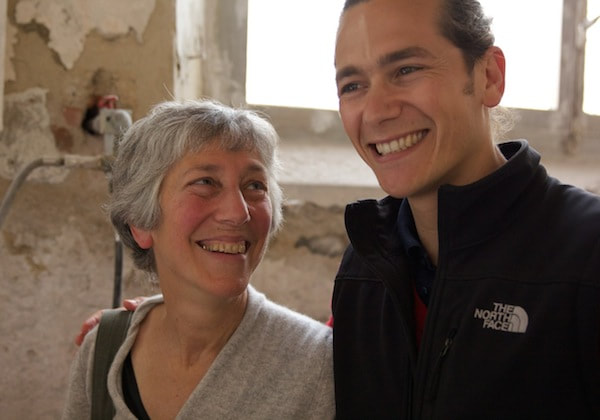
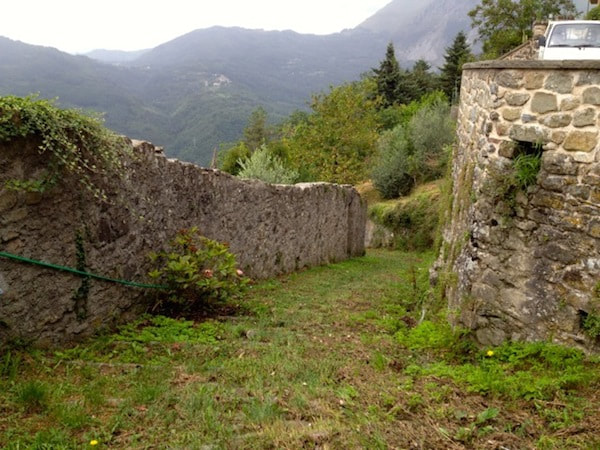
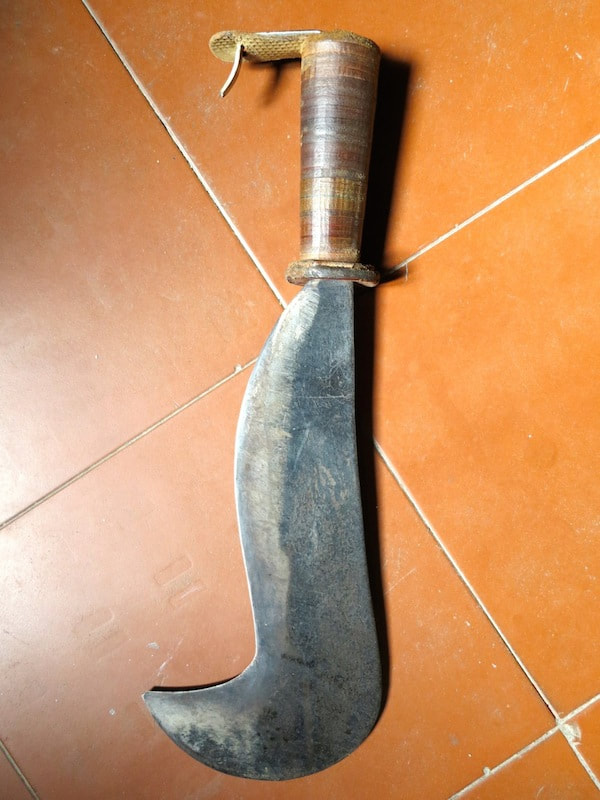
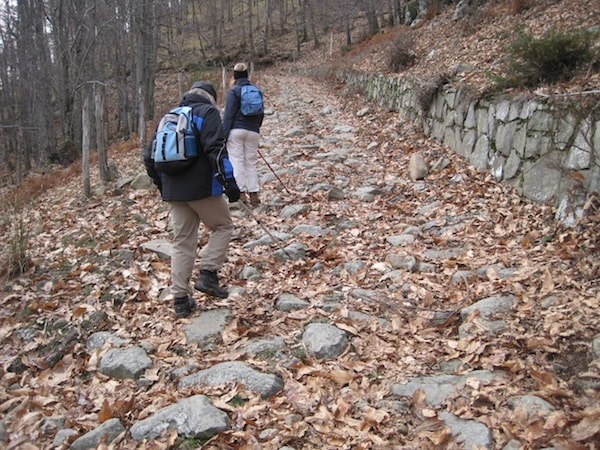
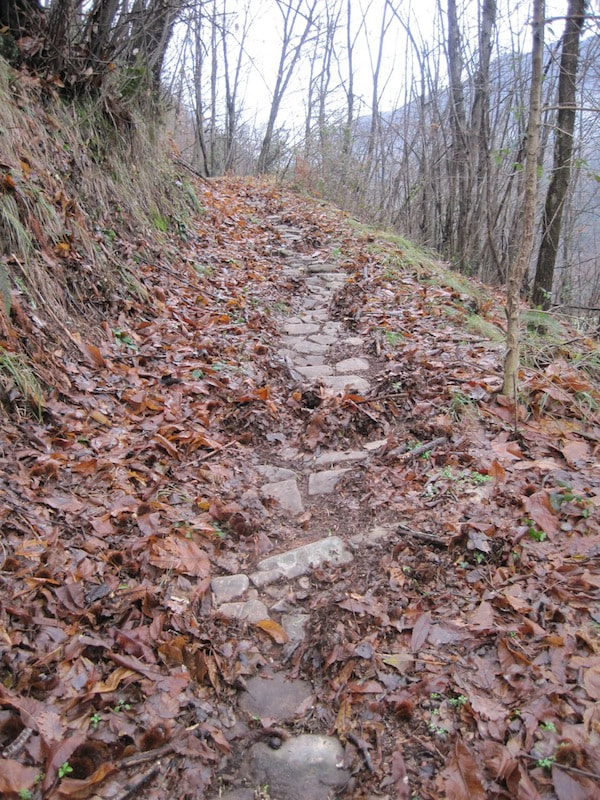
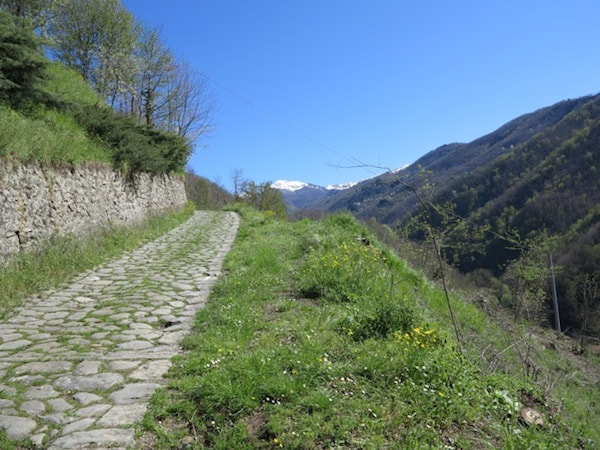
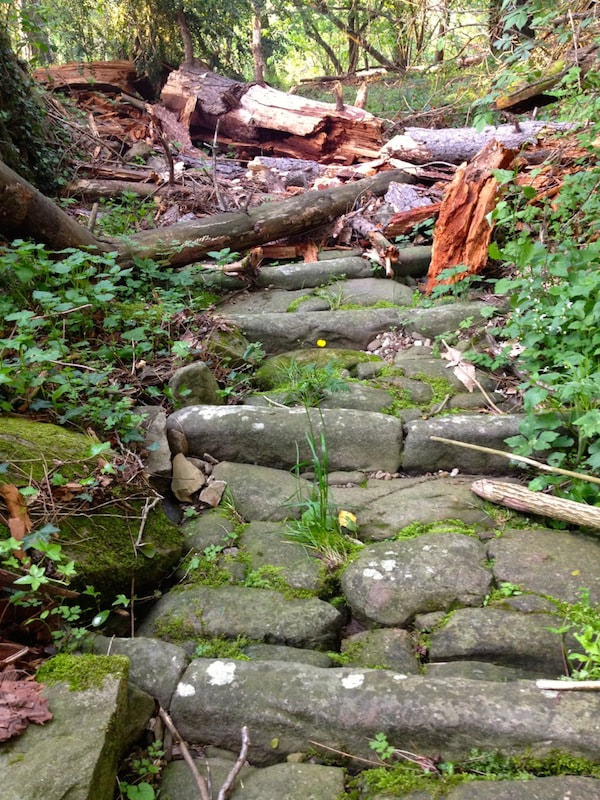
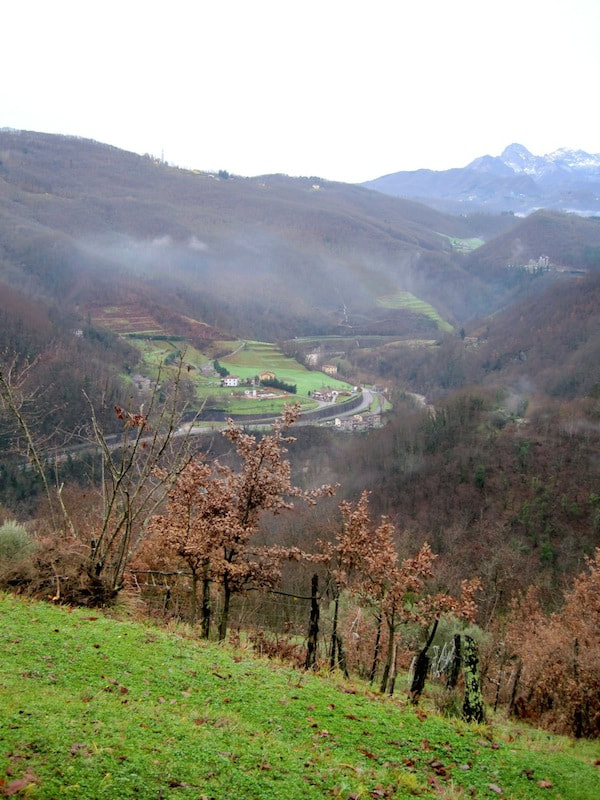
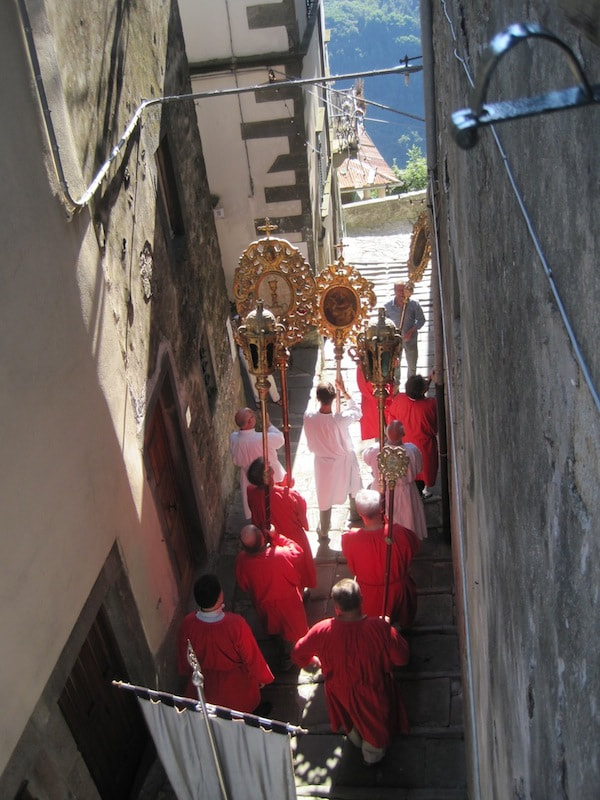
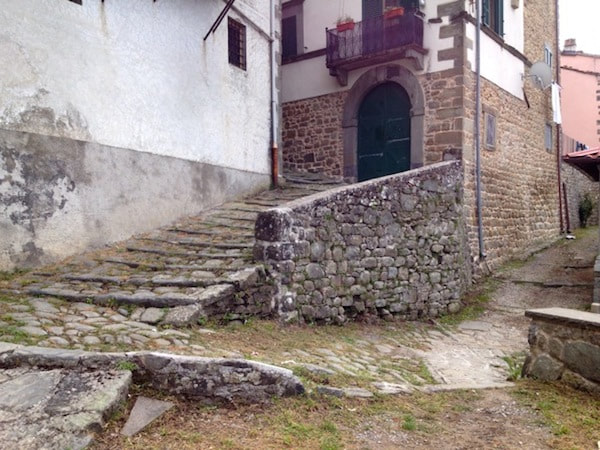
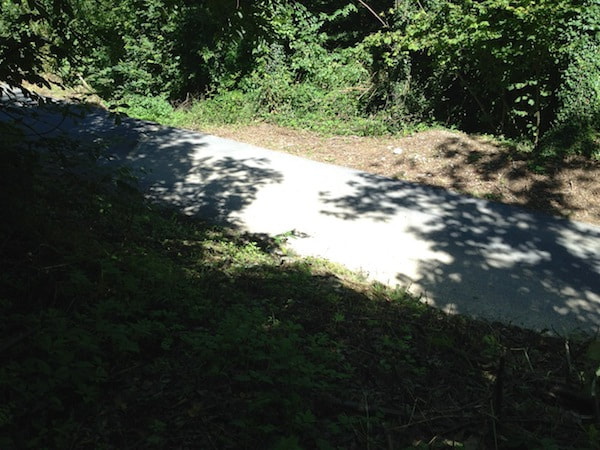
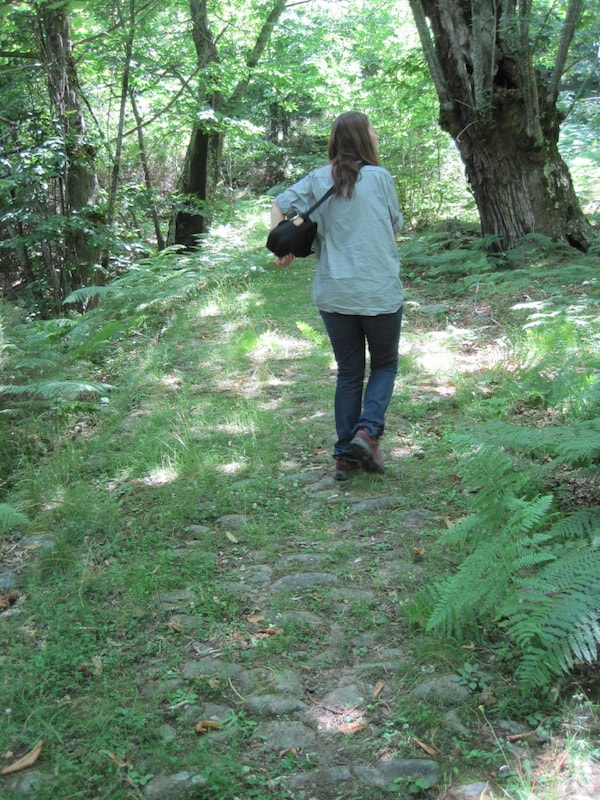
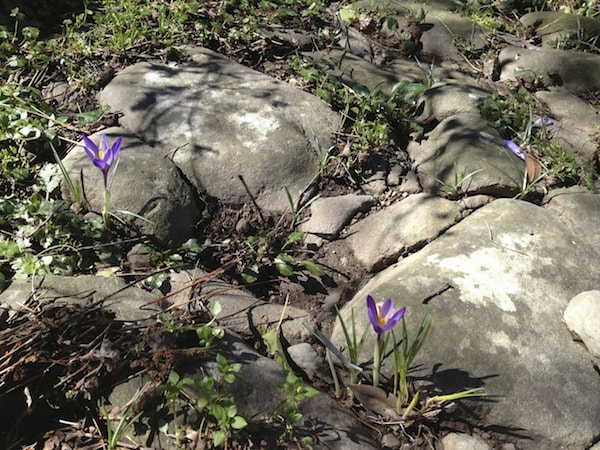
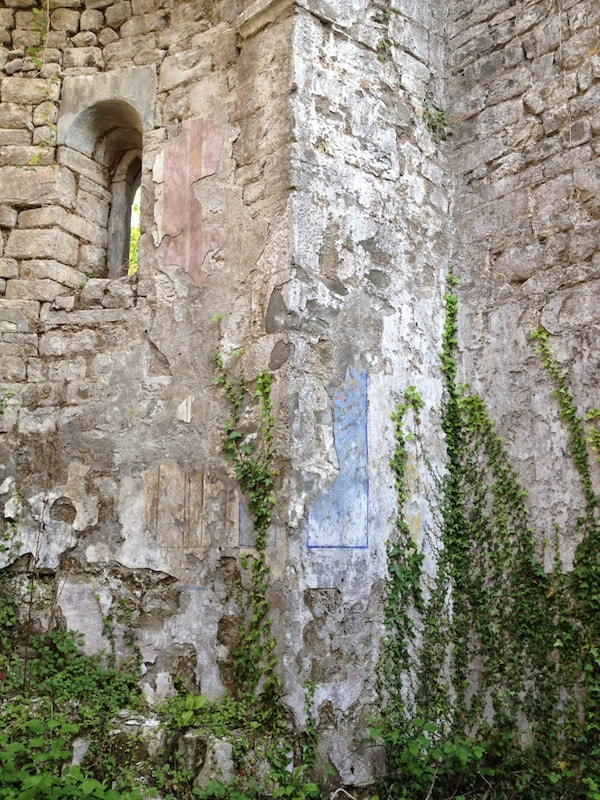
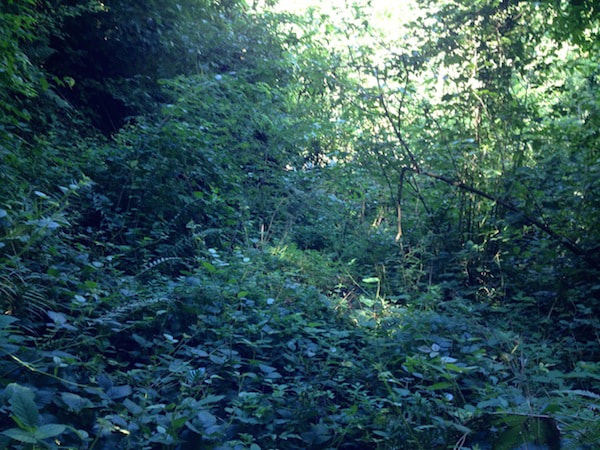
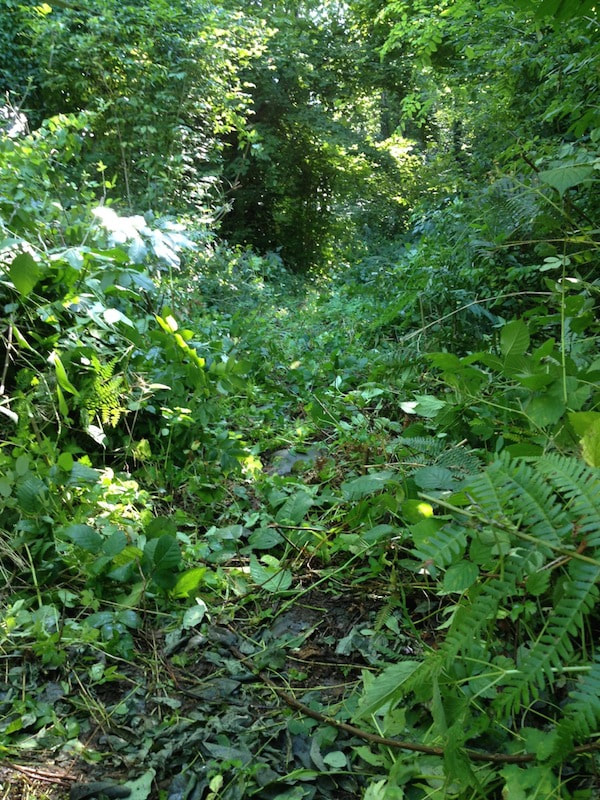
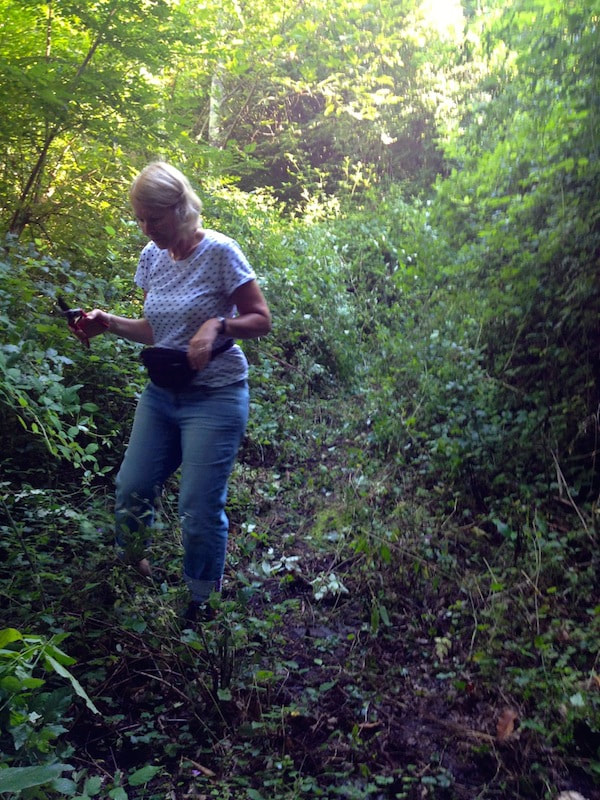
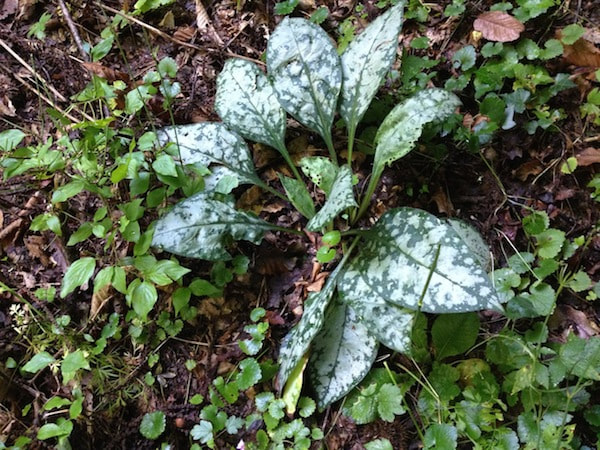
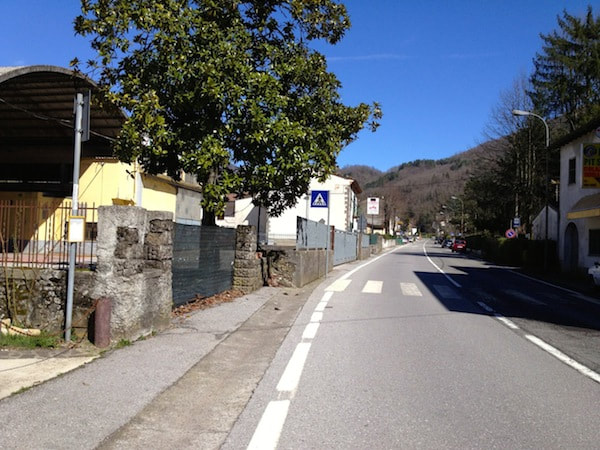
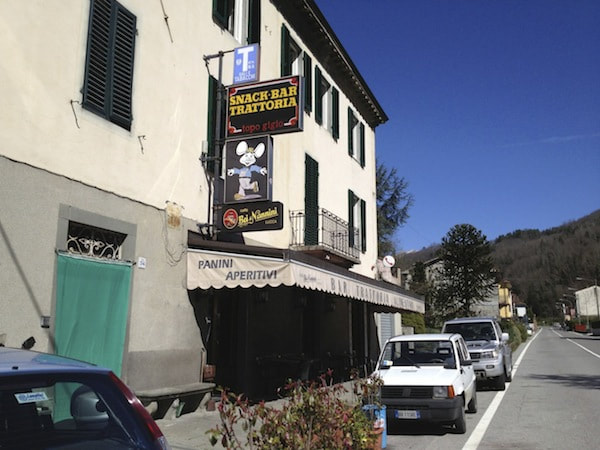
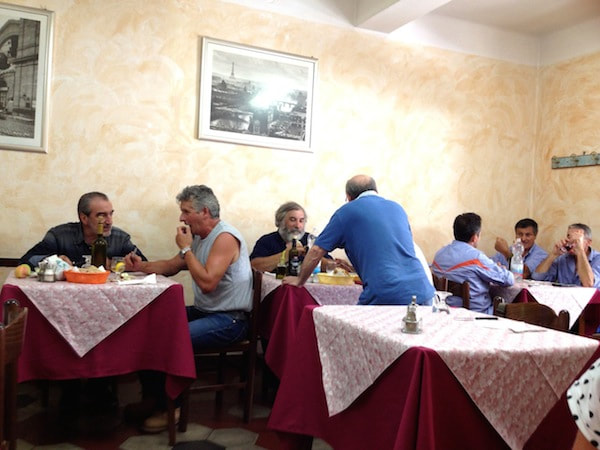
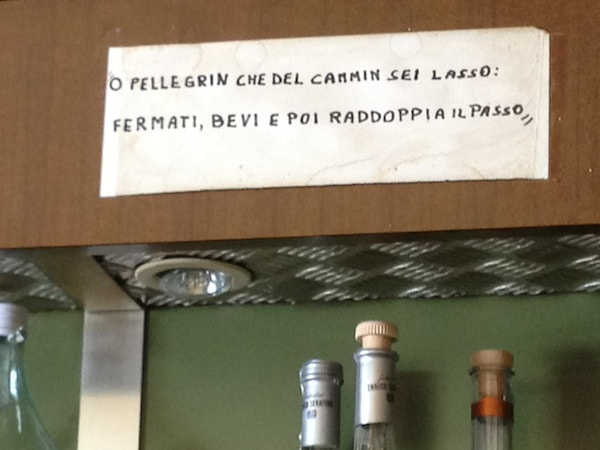
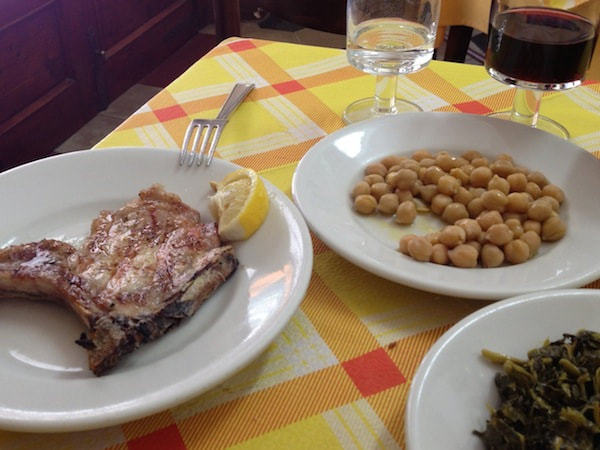
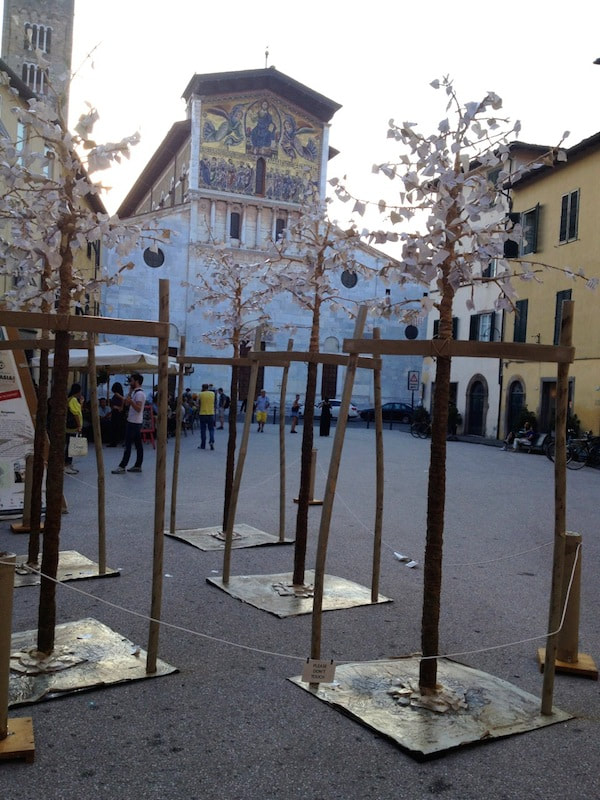
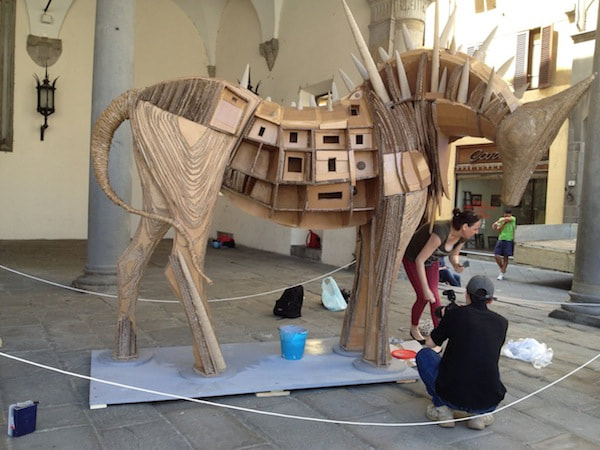
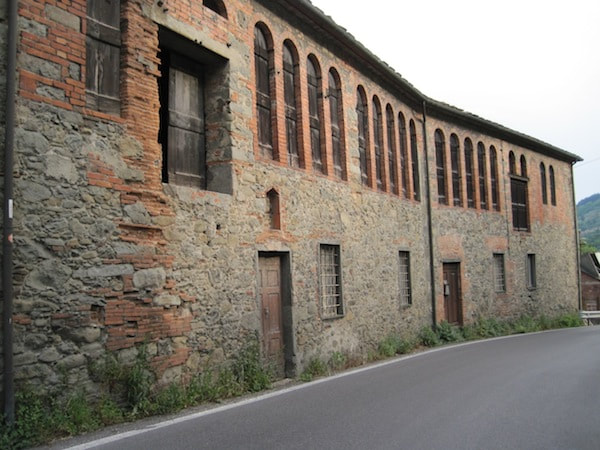
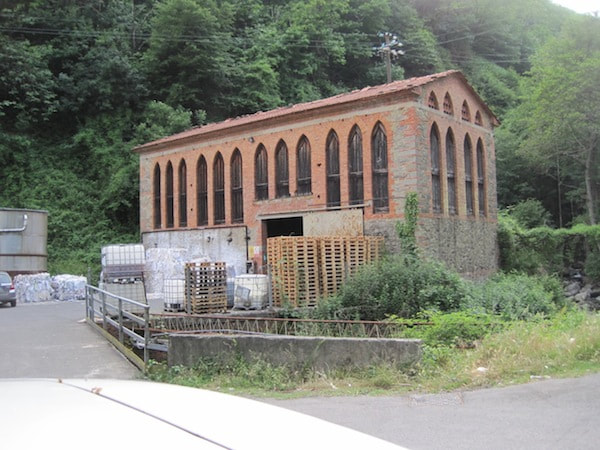
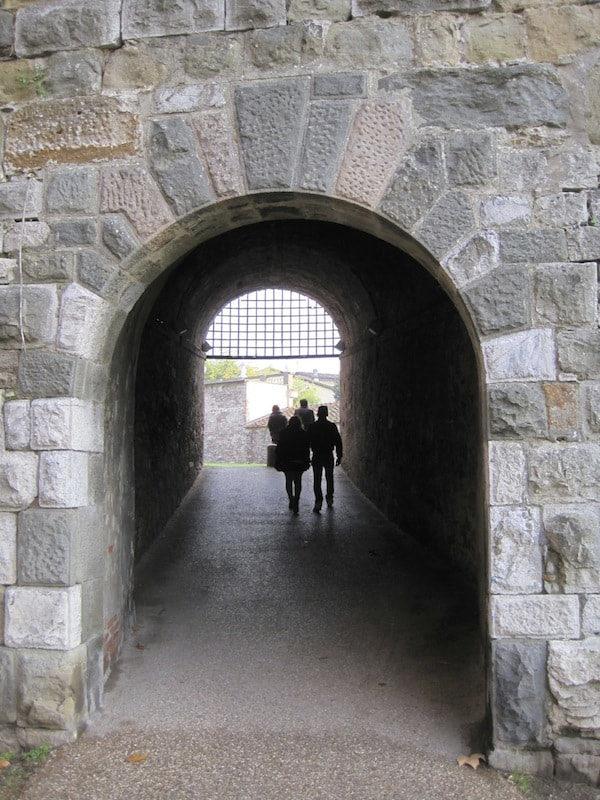
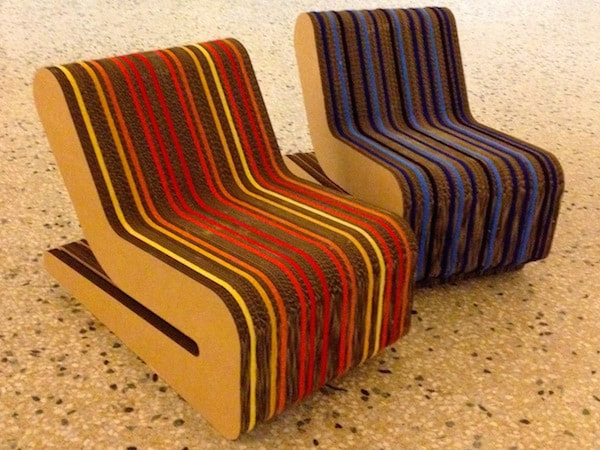
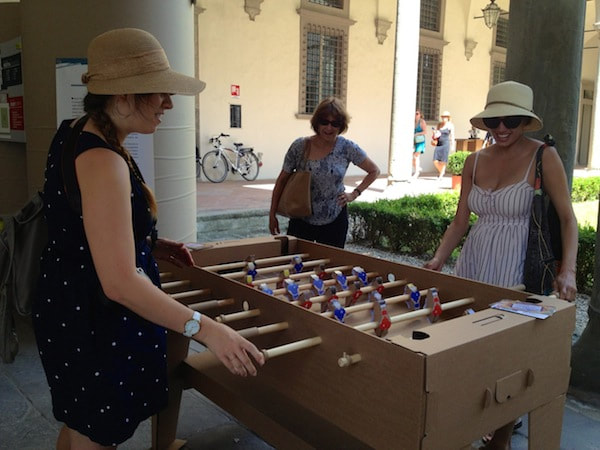
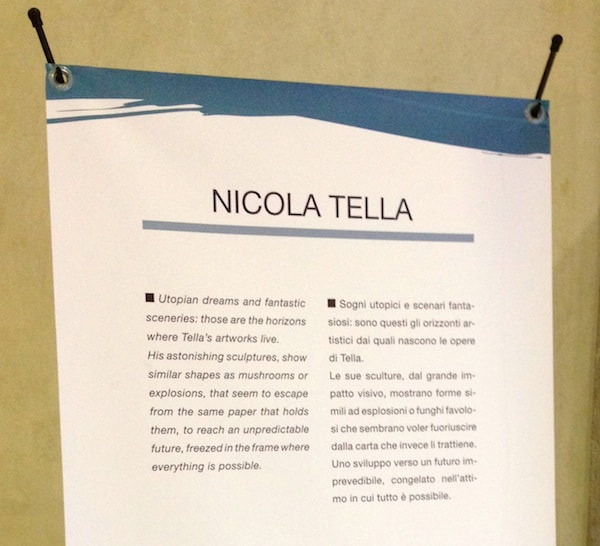
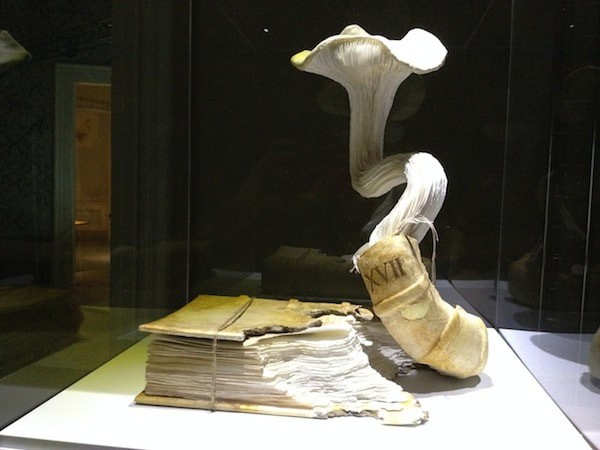
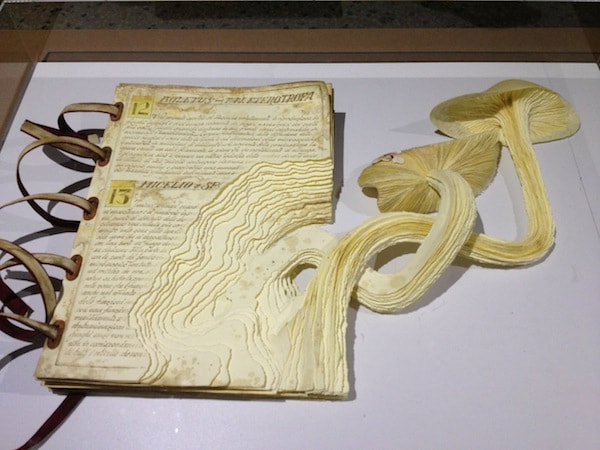
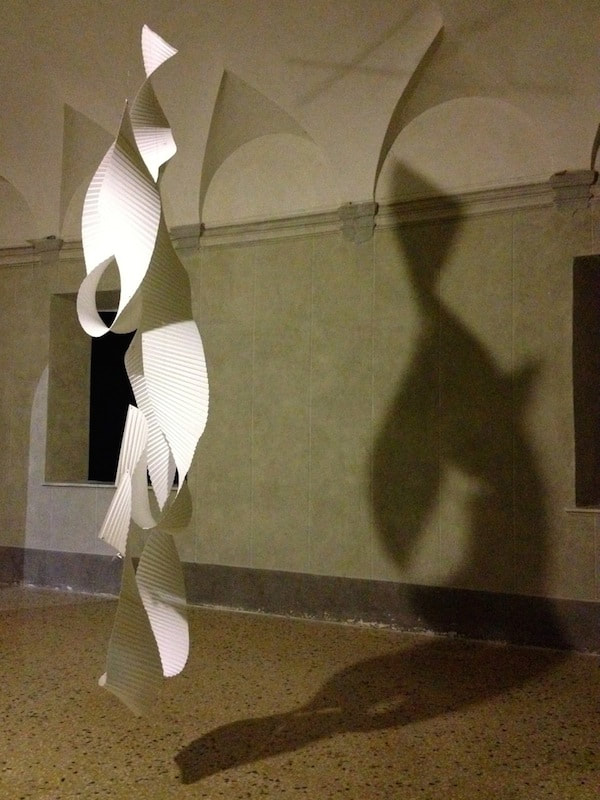
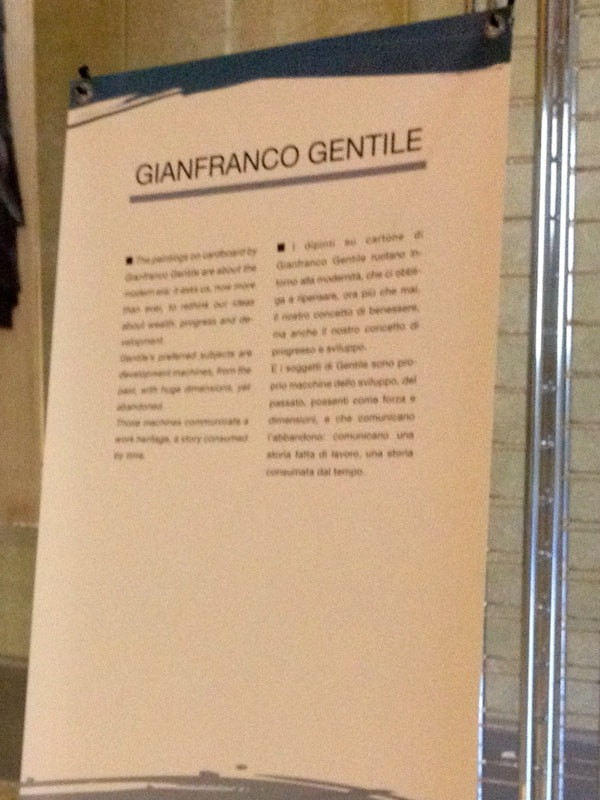
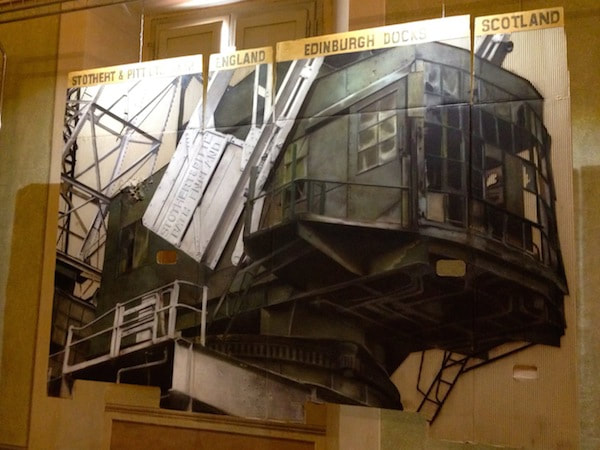
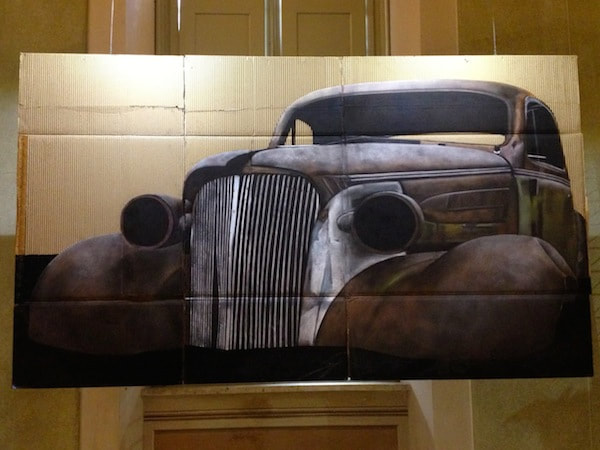
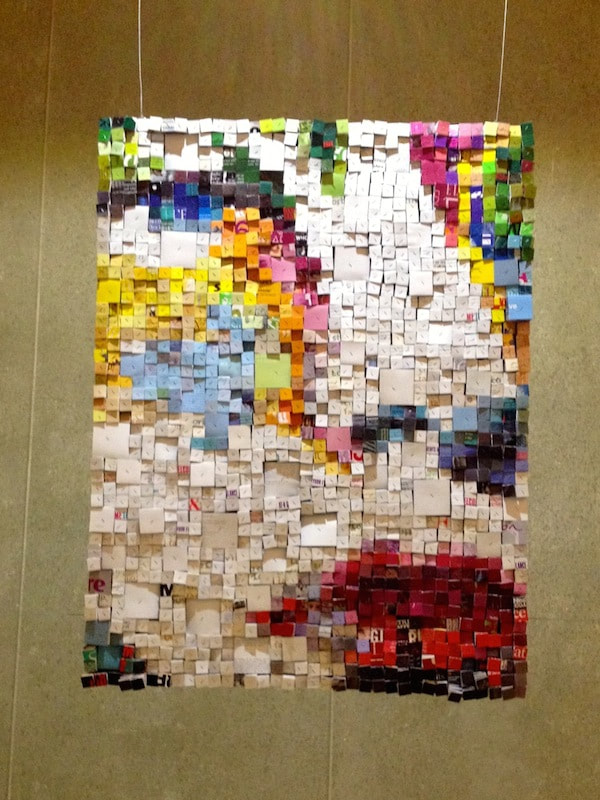
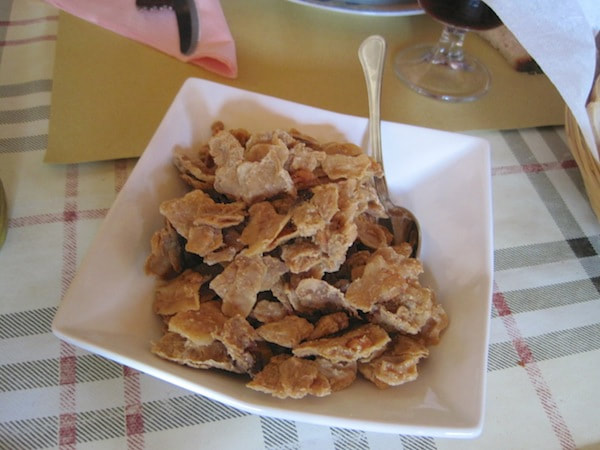
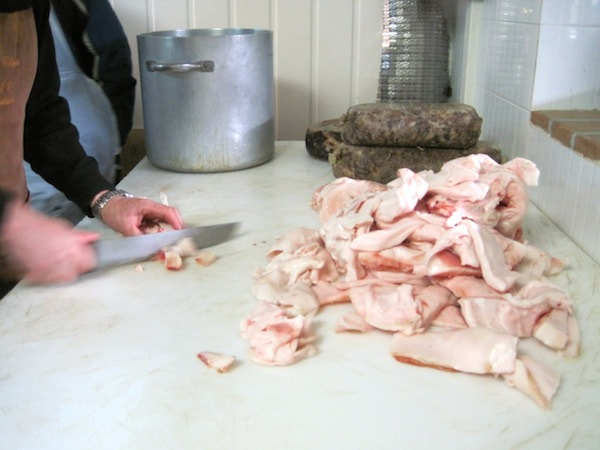
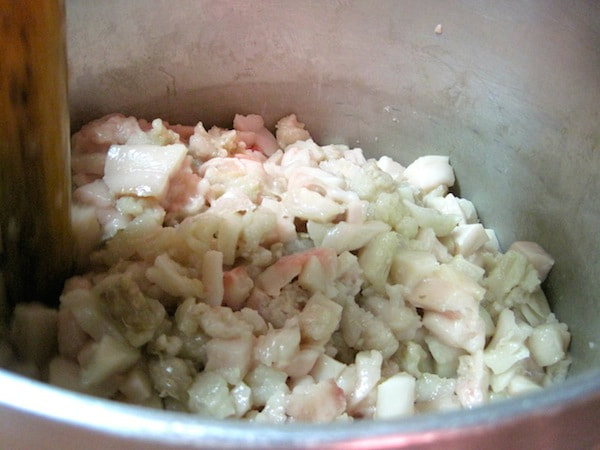
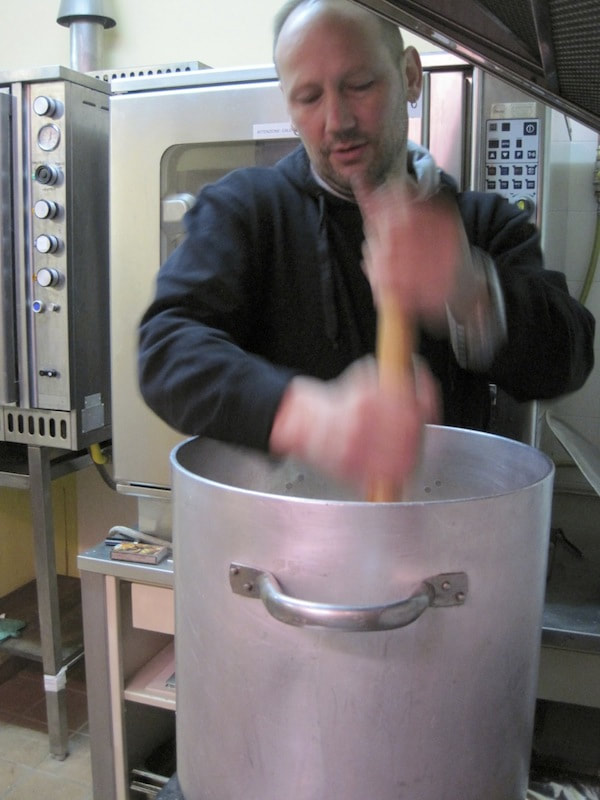
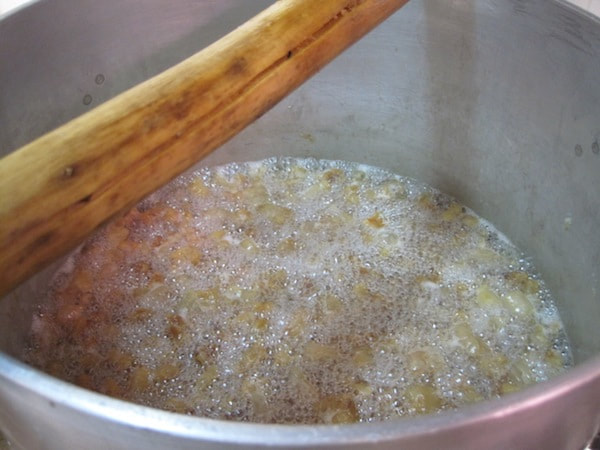
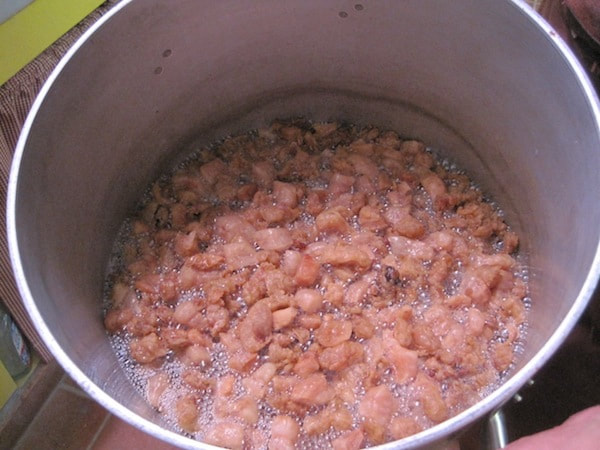
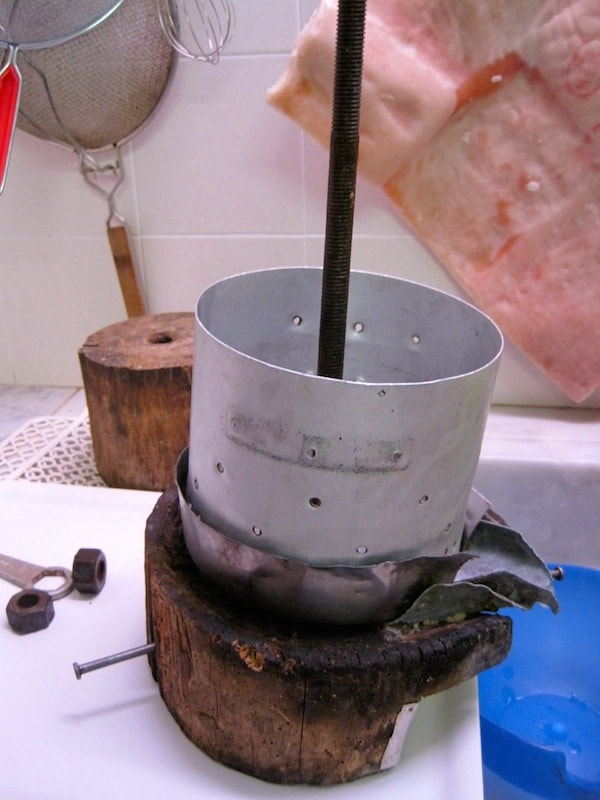
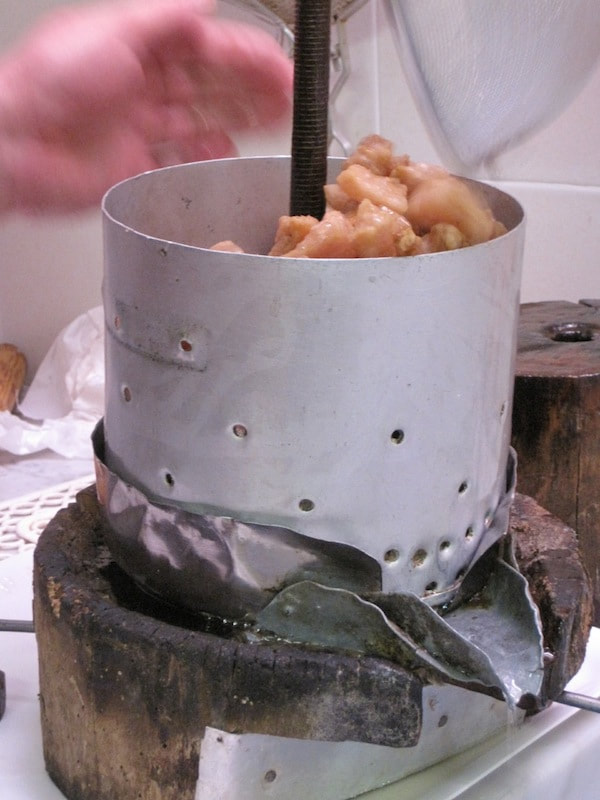
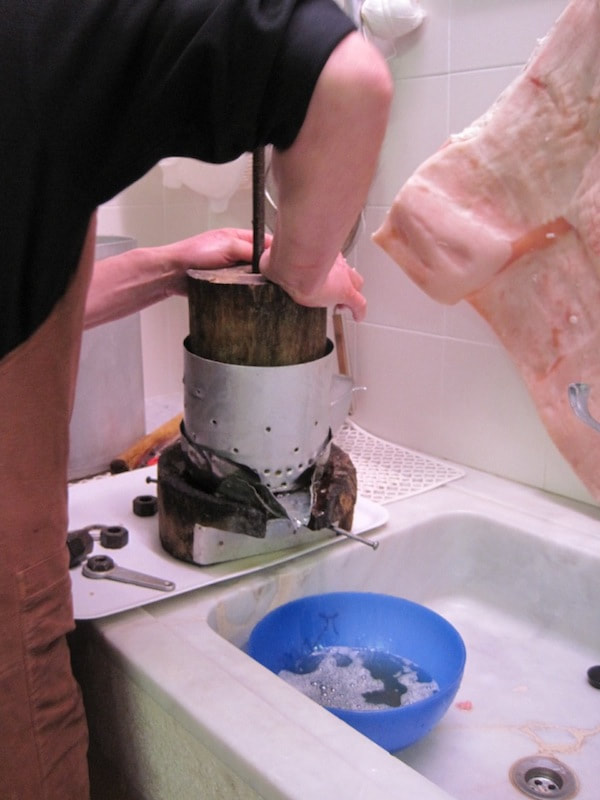
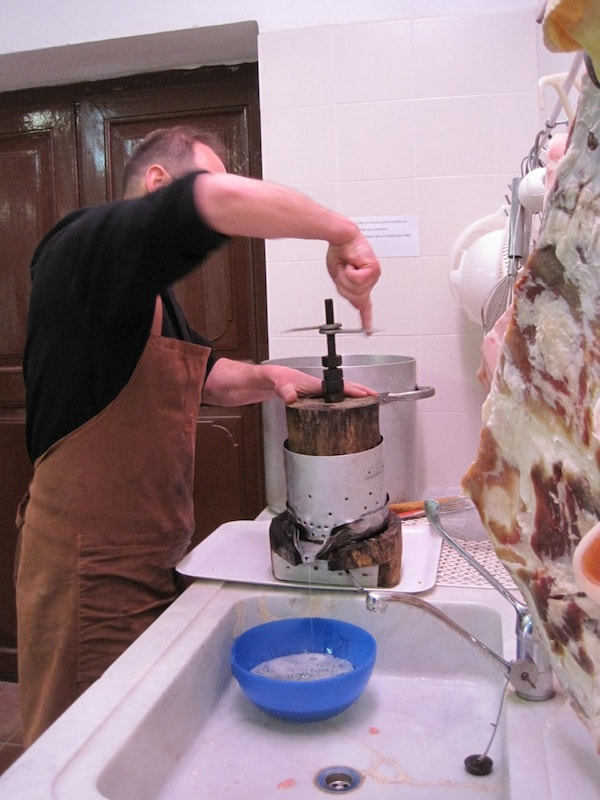
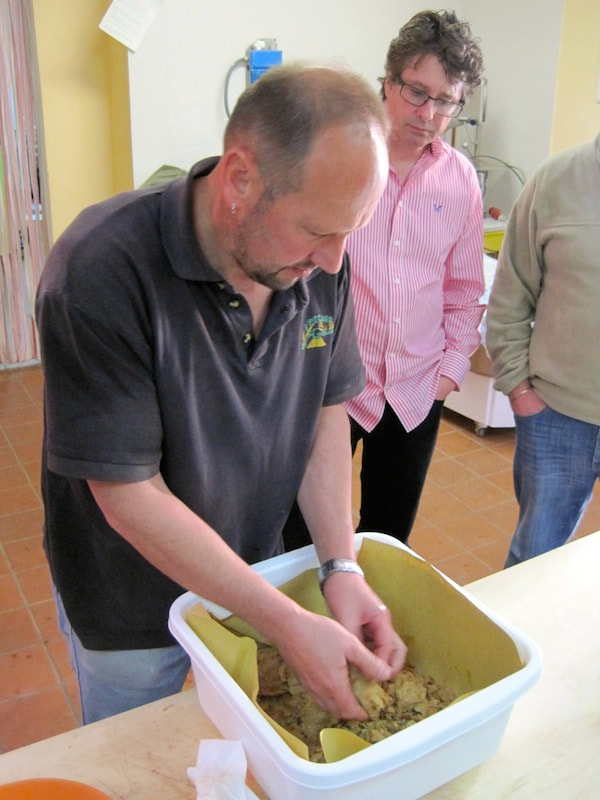
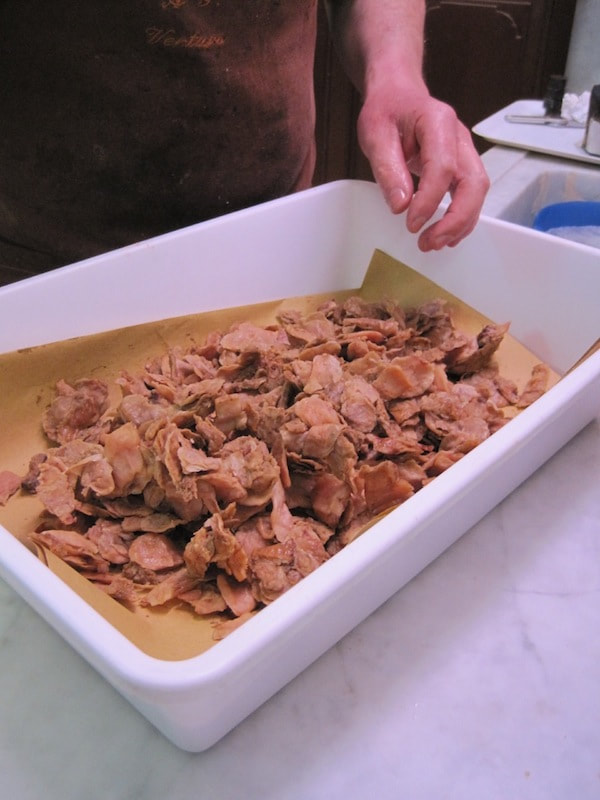
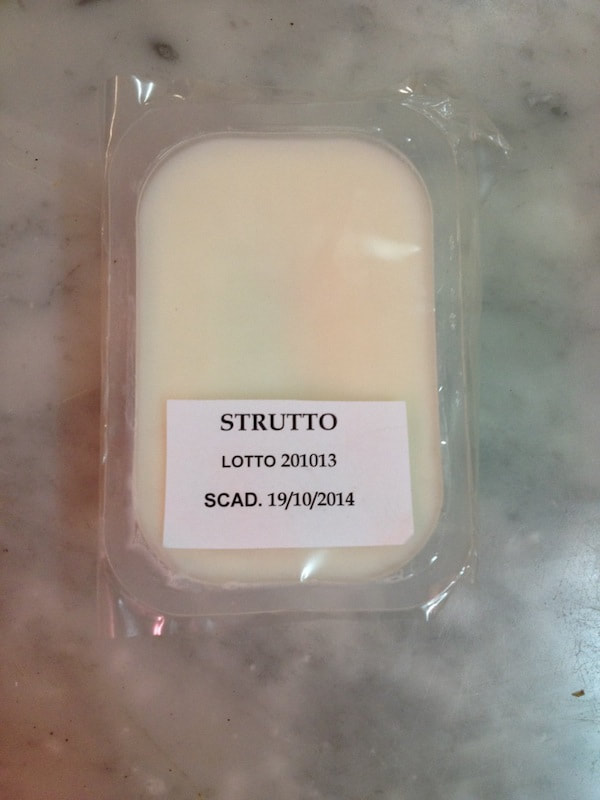
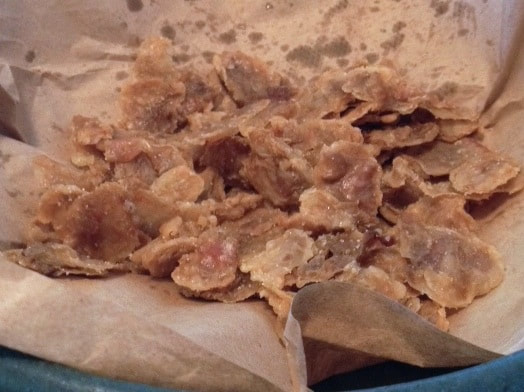
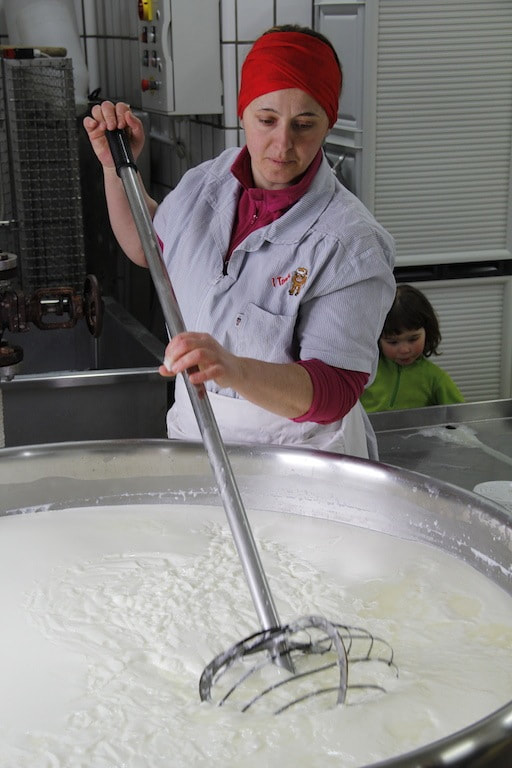
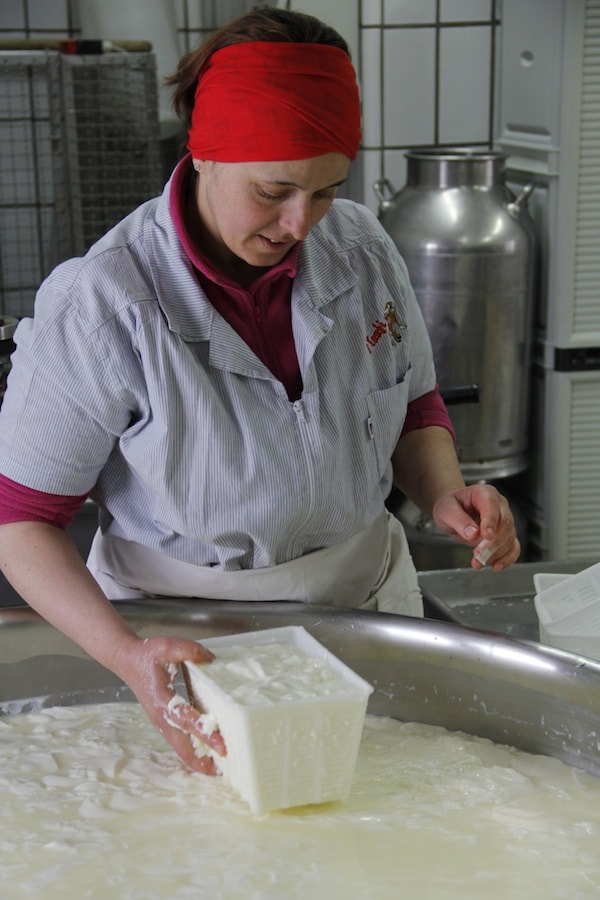
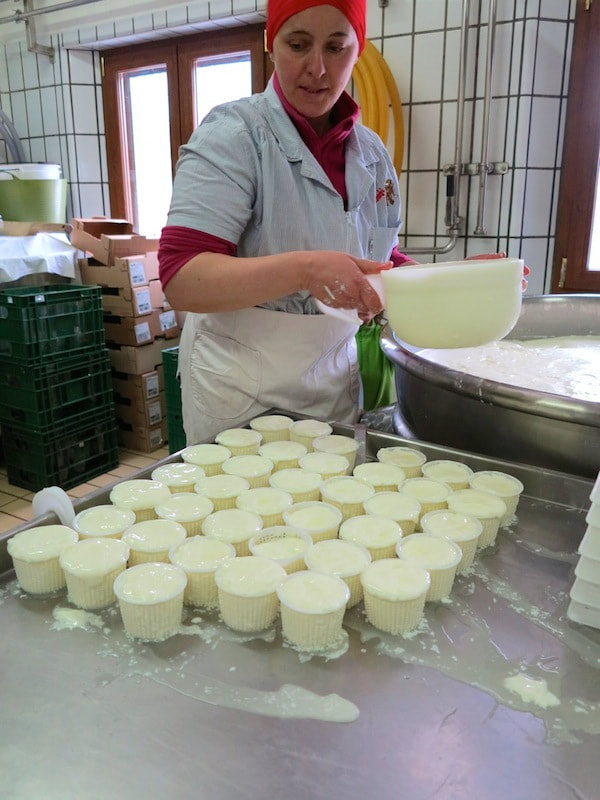
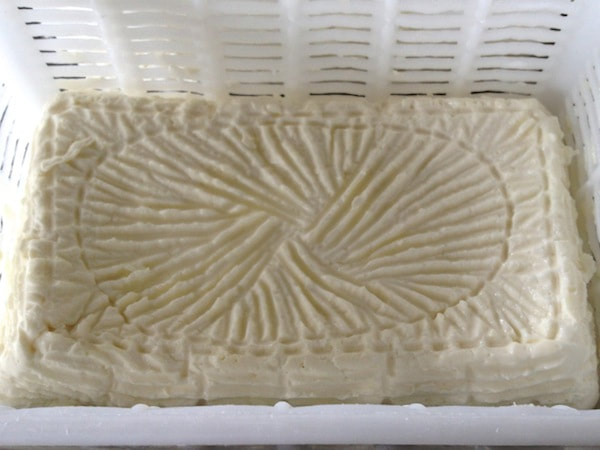
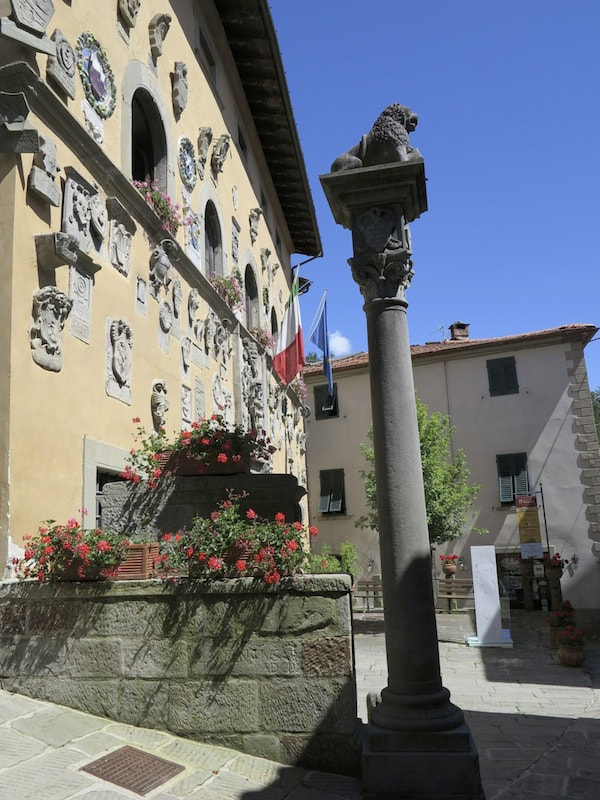
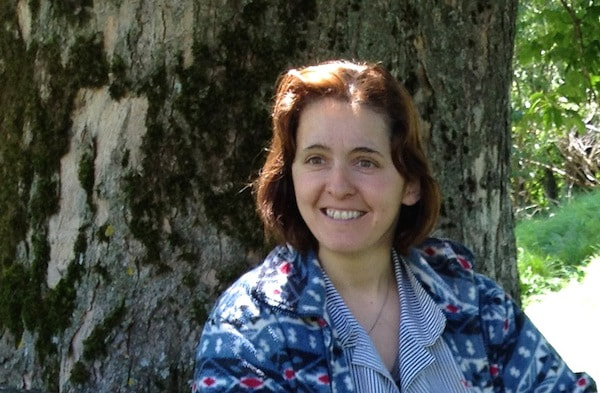
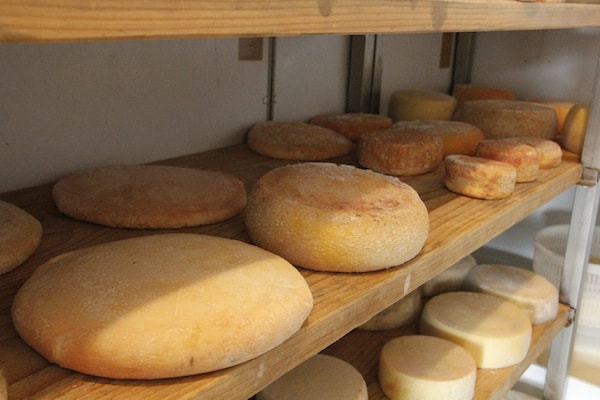
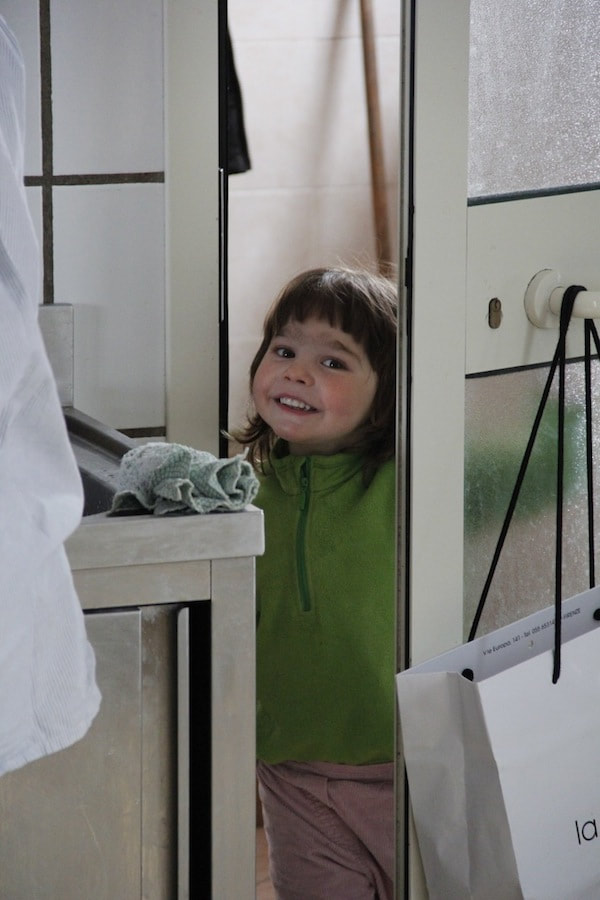
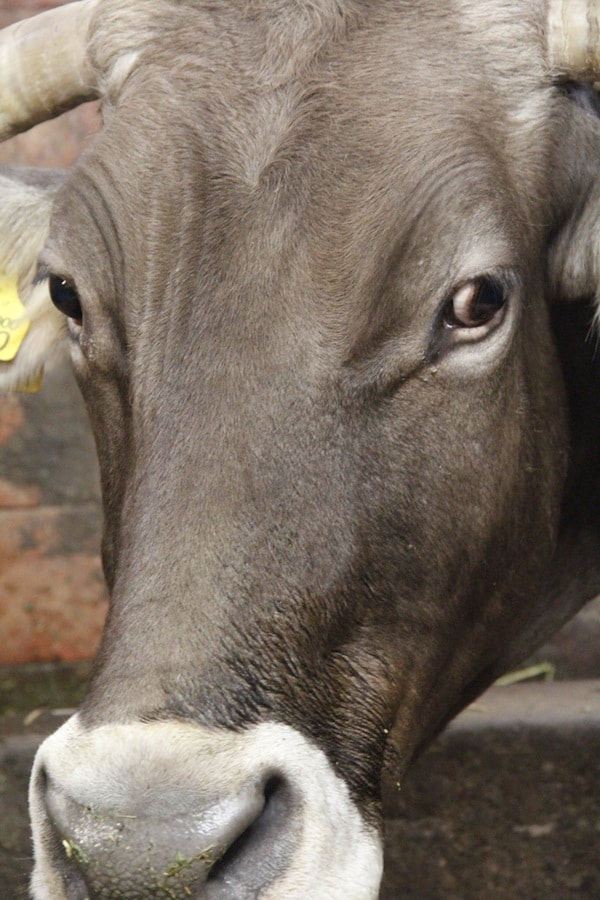
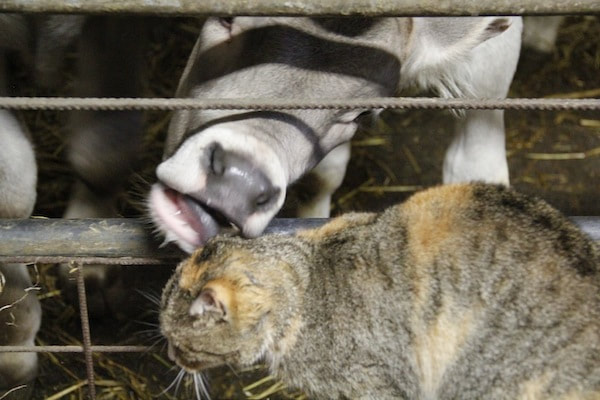
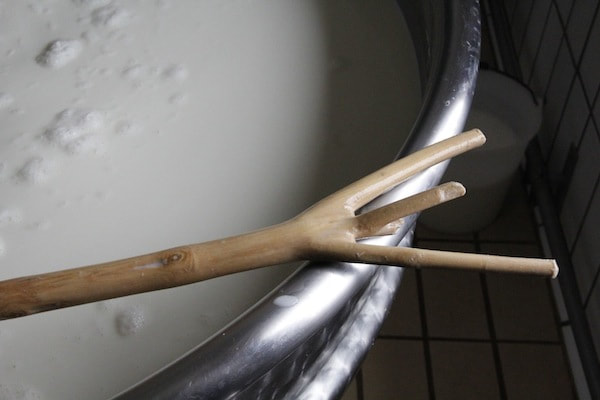
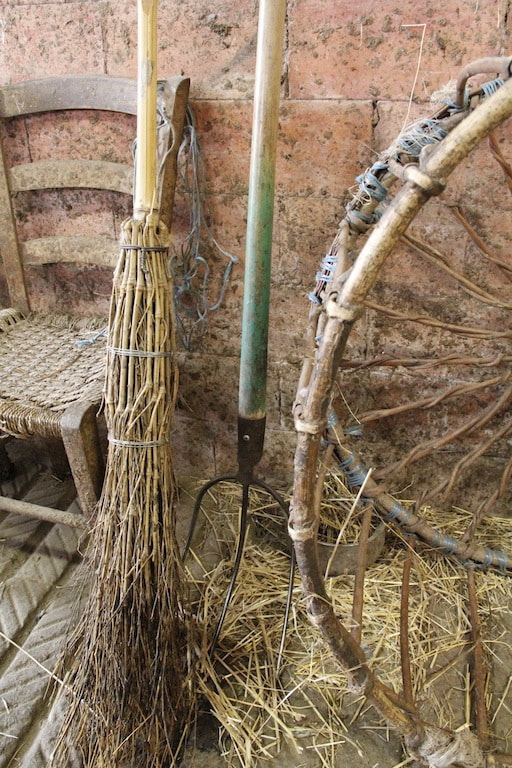
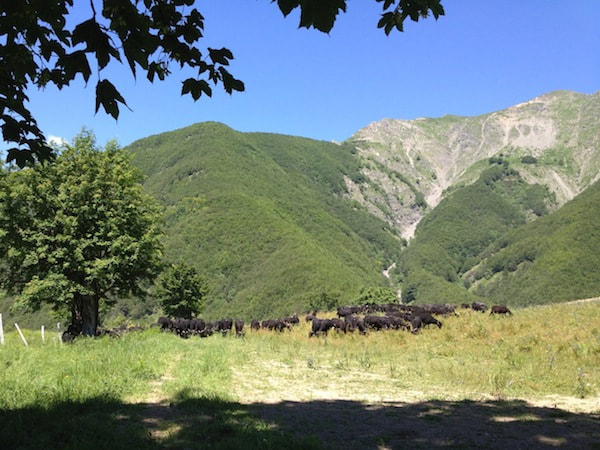
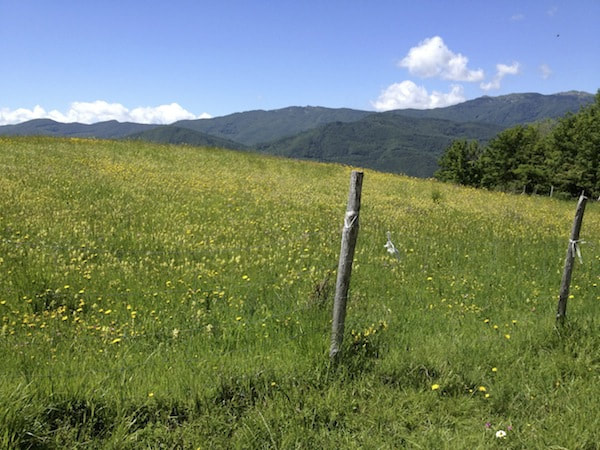
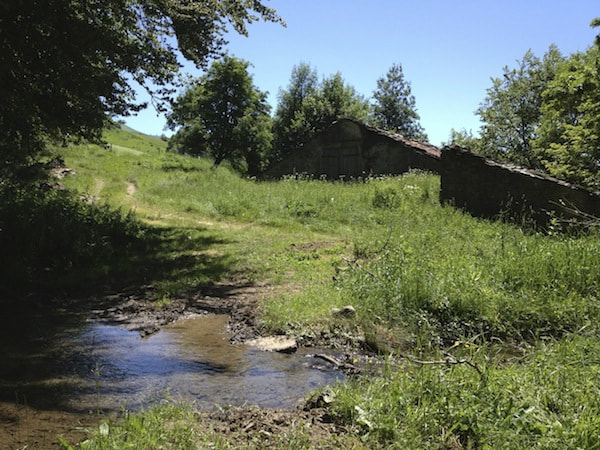
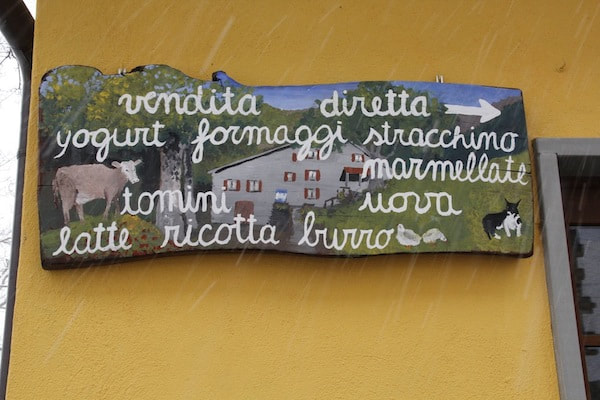
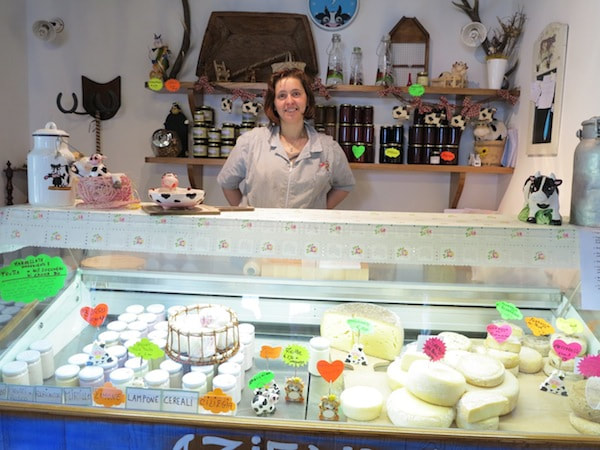
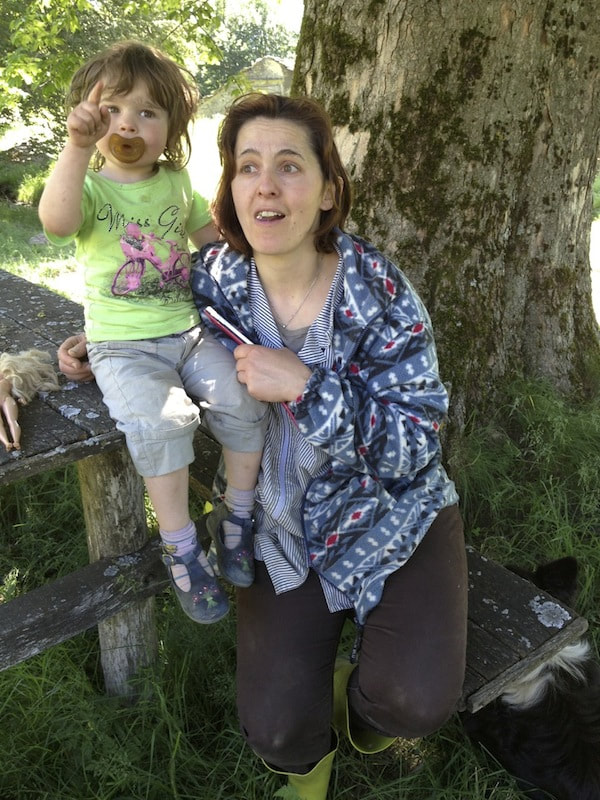
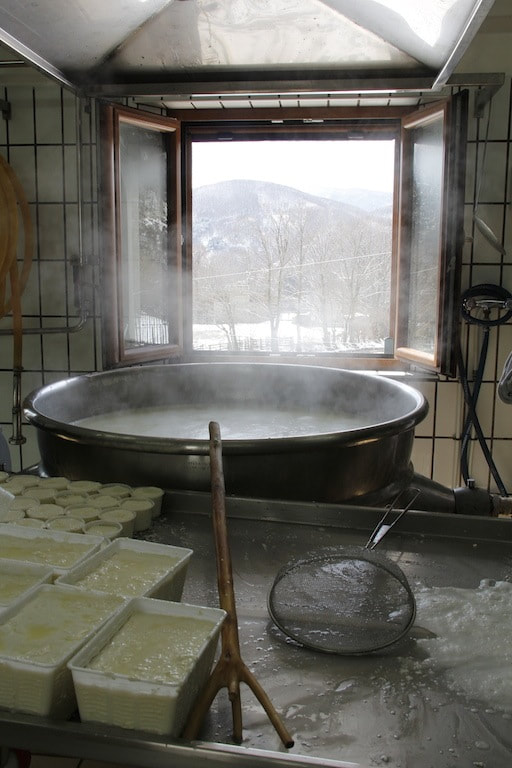
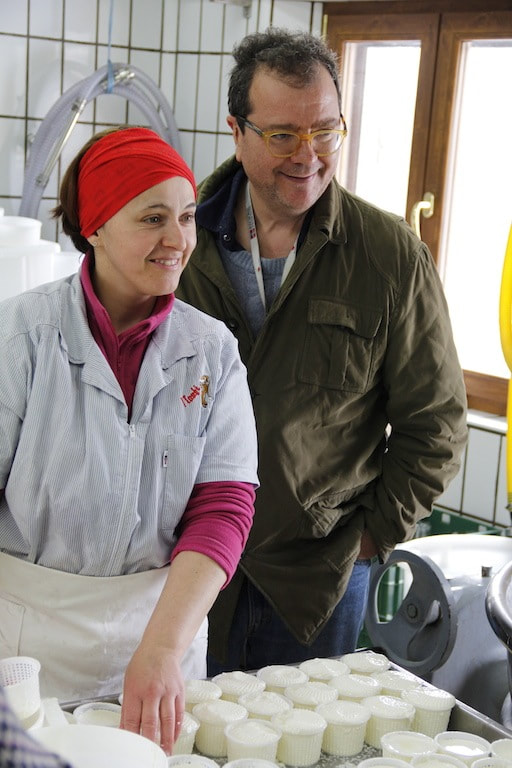
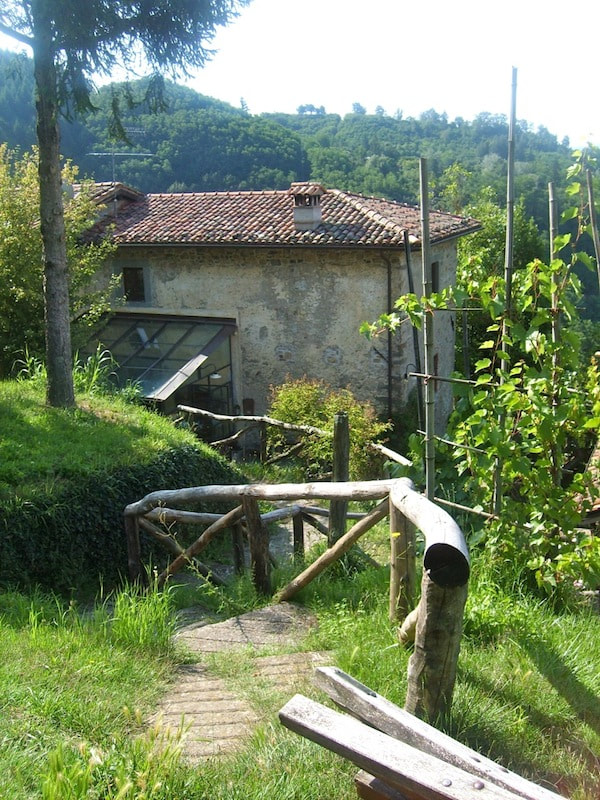
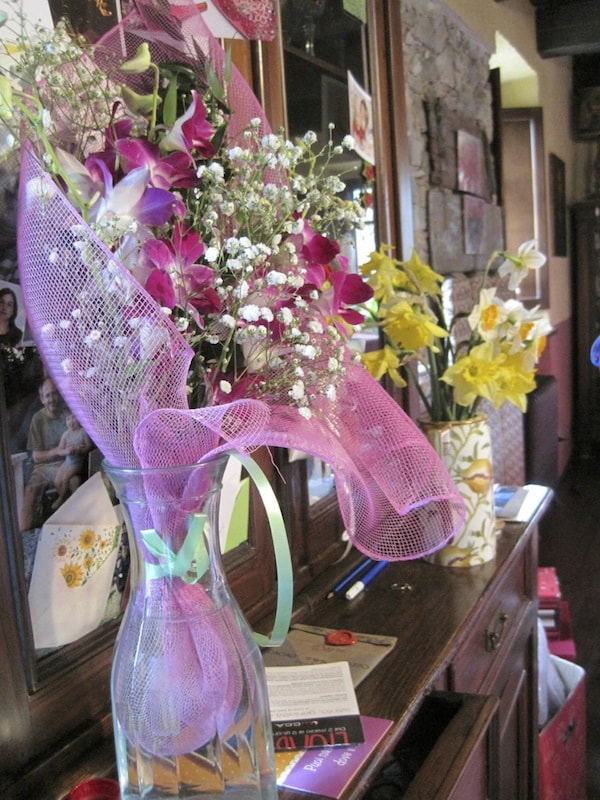
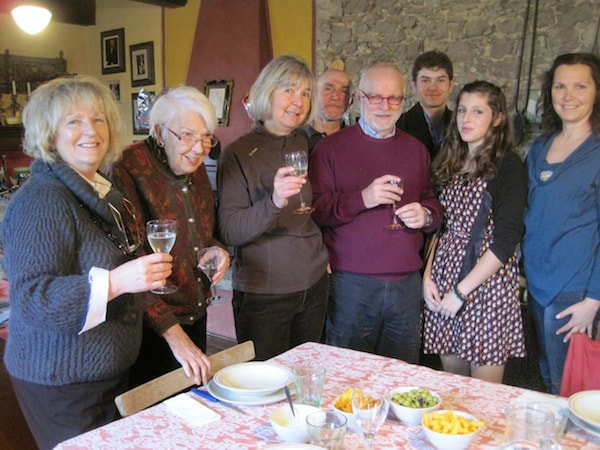
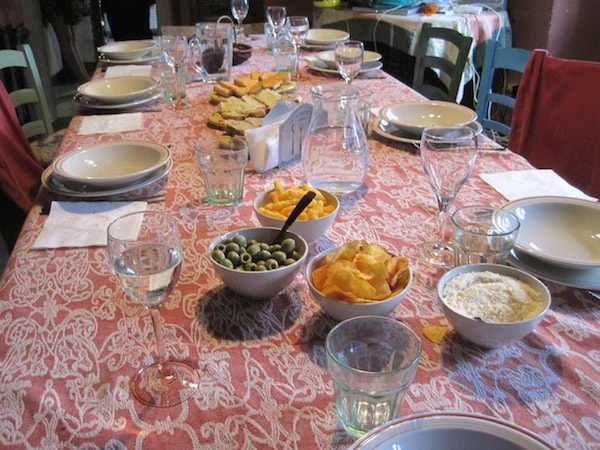
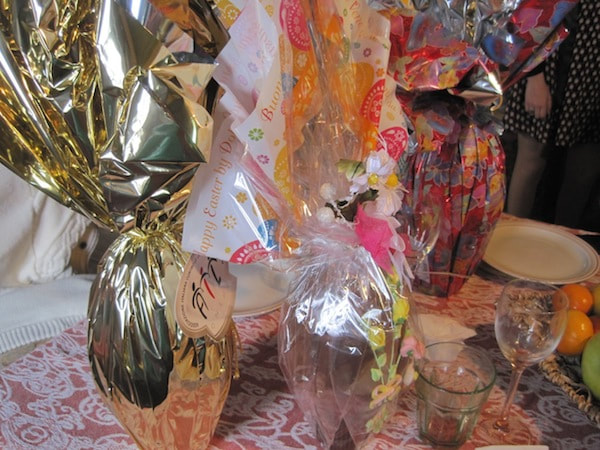
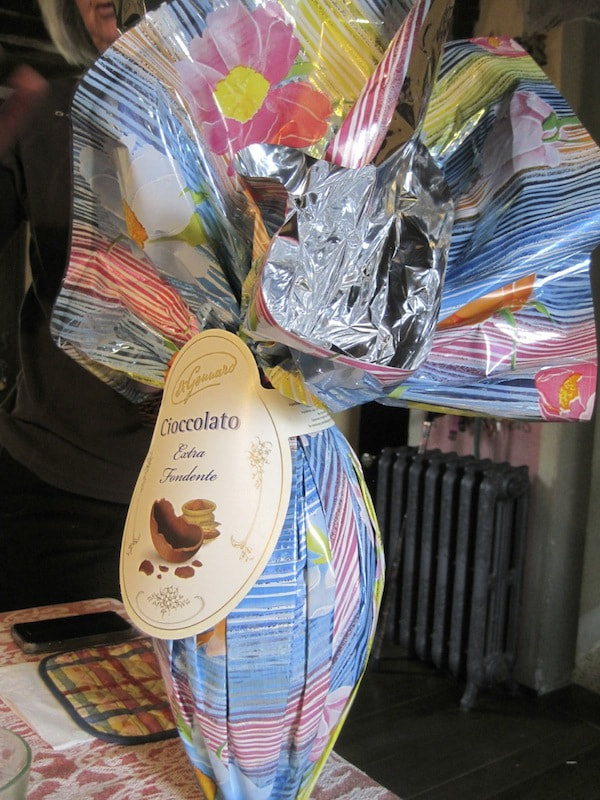
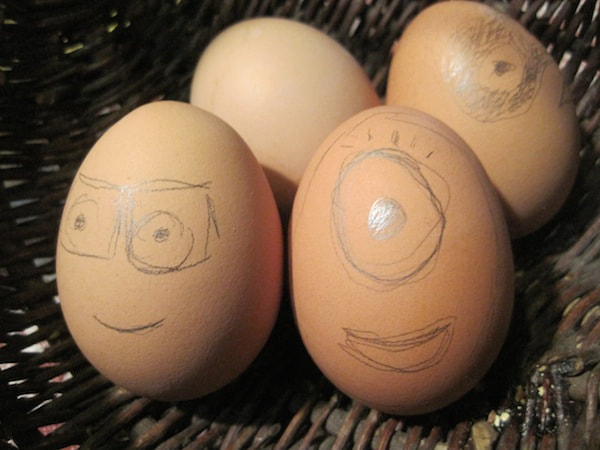
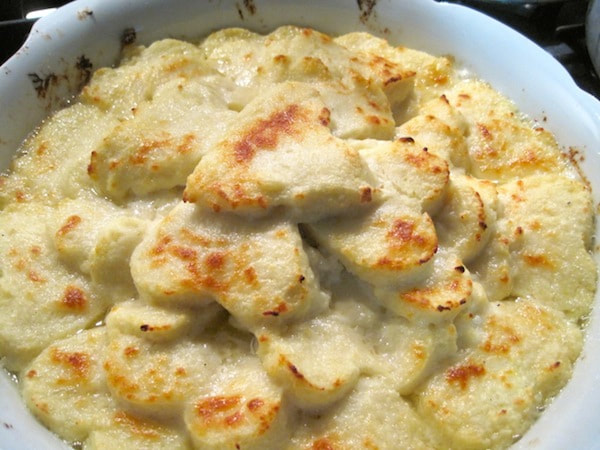
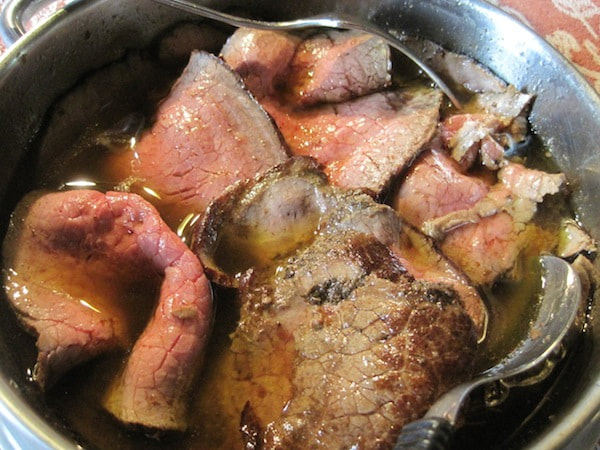
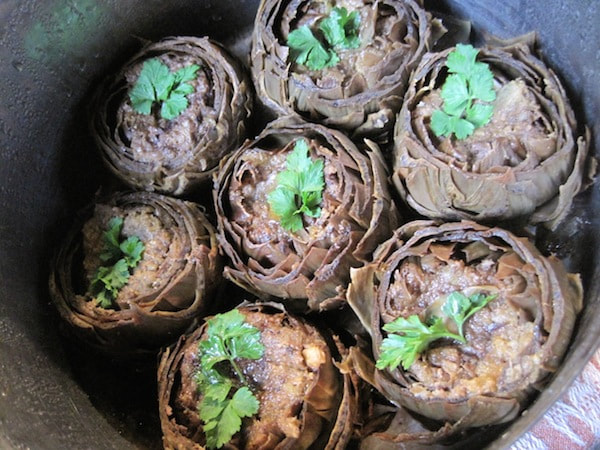
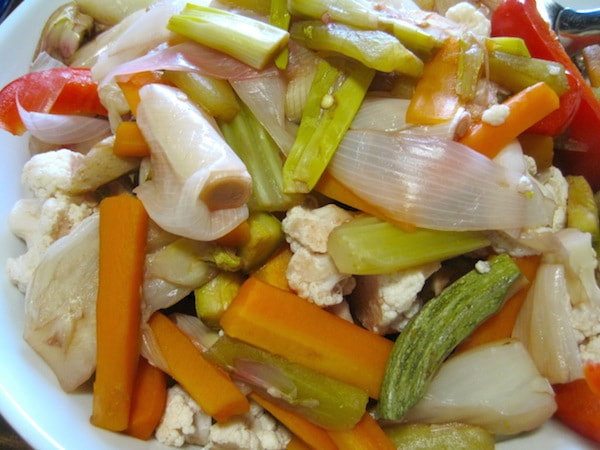
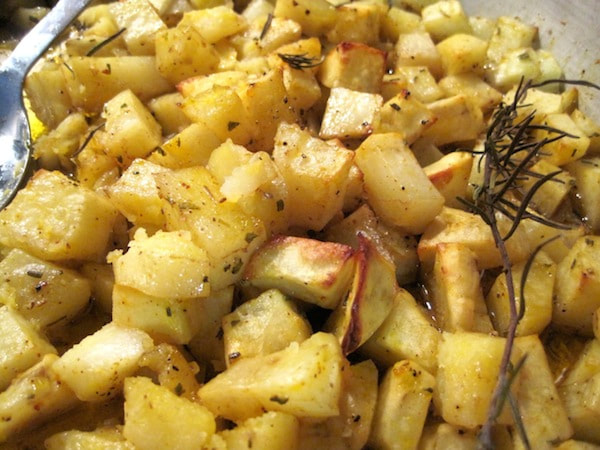
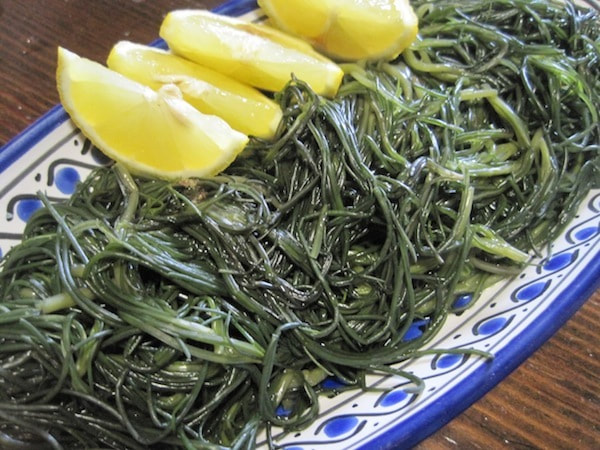
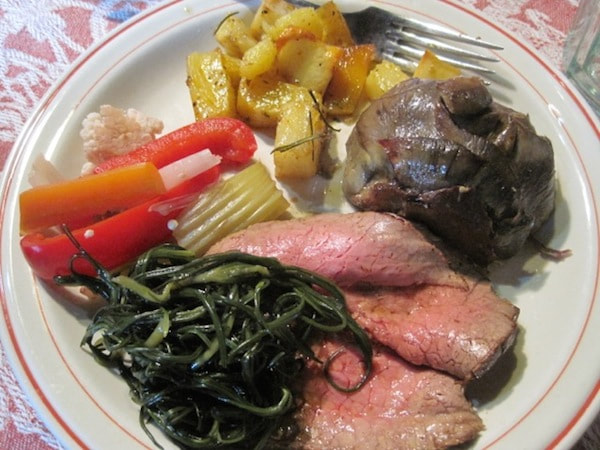
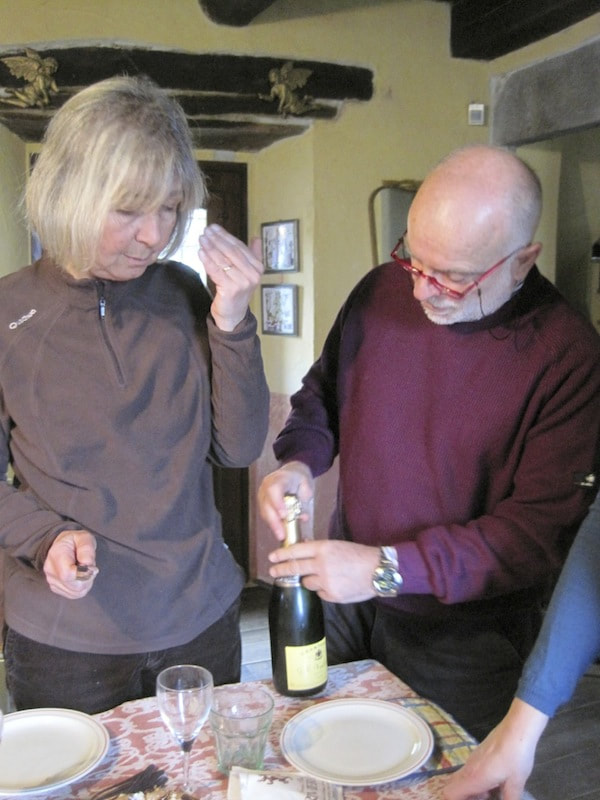
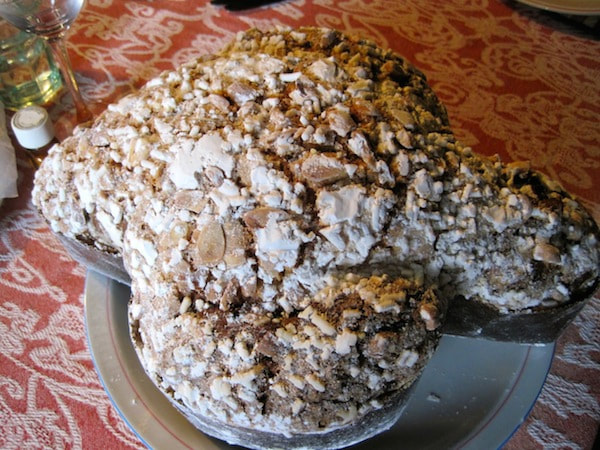
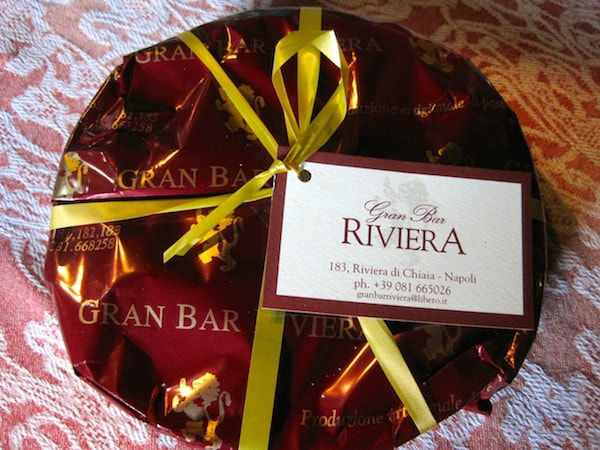
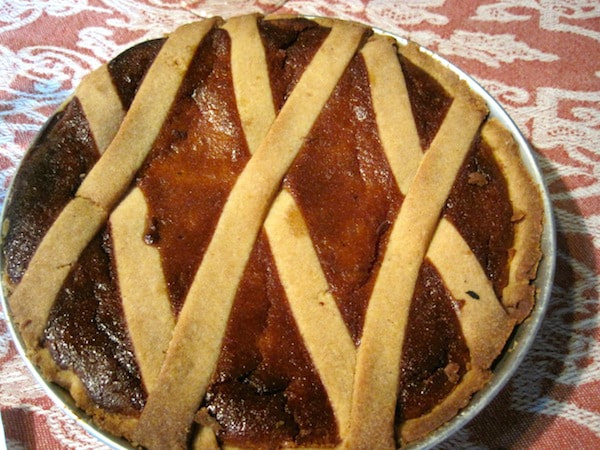
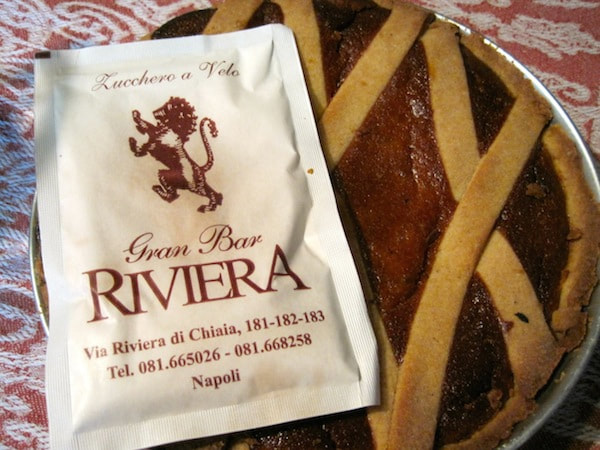
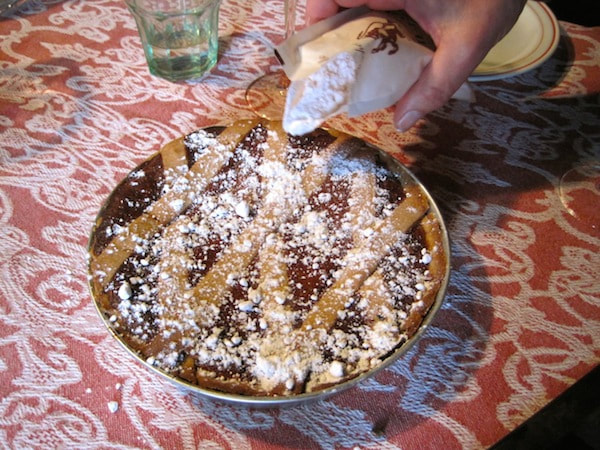
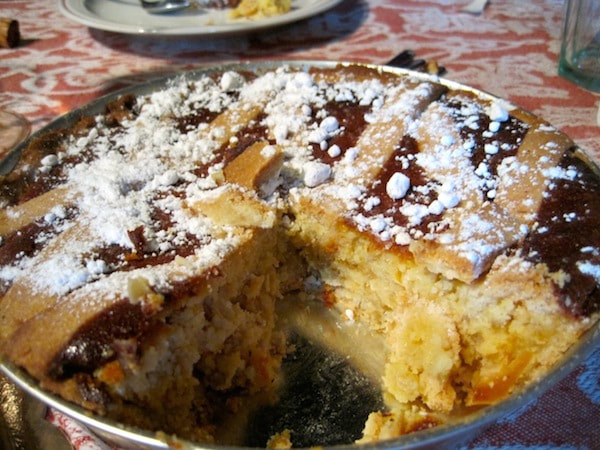
 RSS Feed
RSS Feed



